
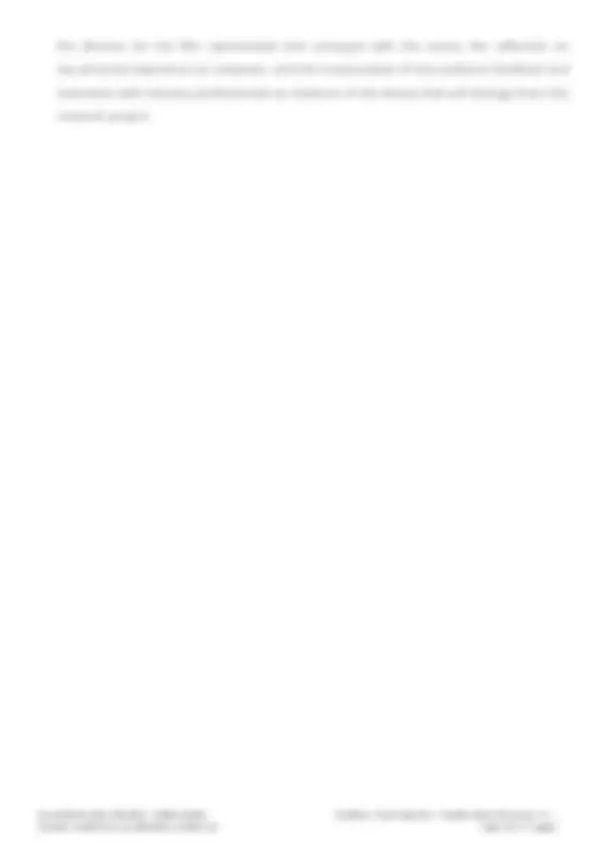
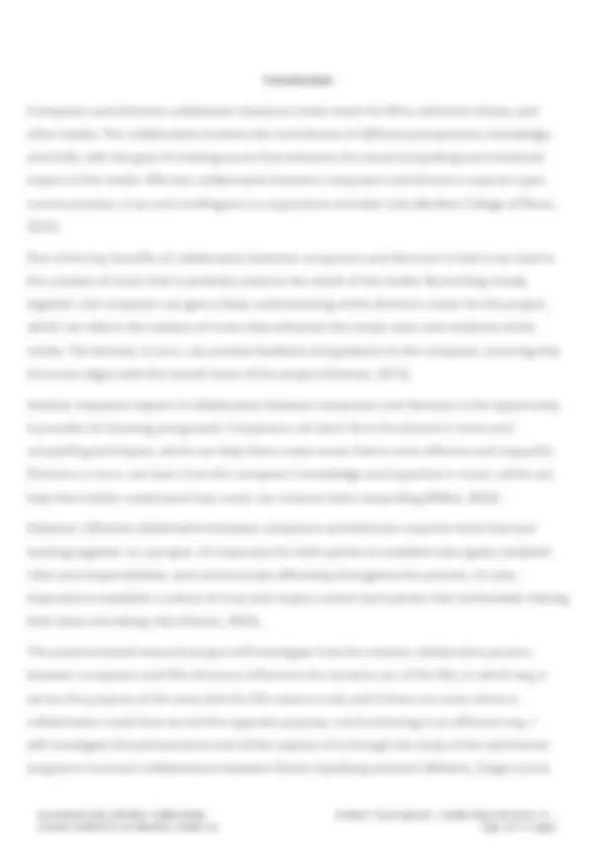


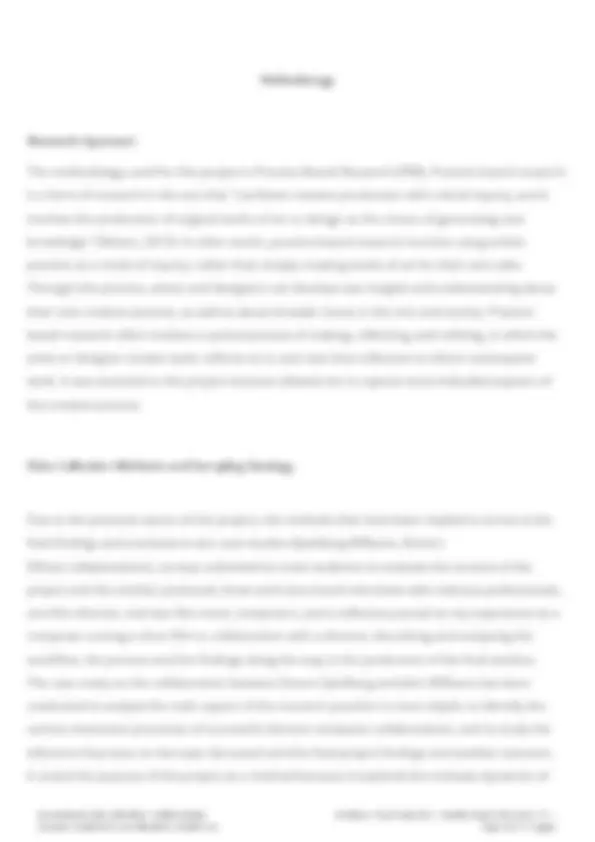
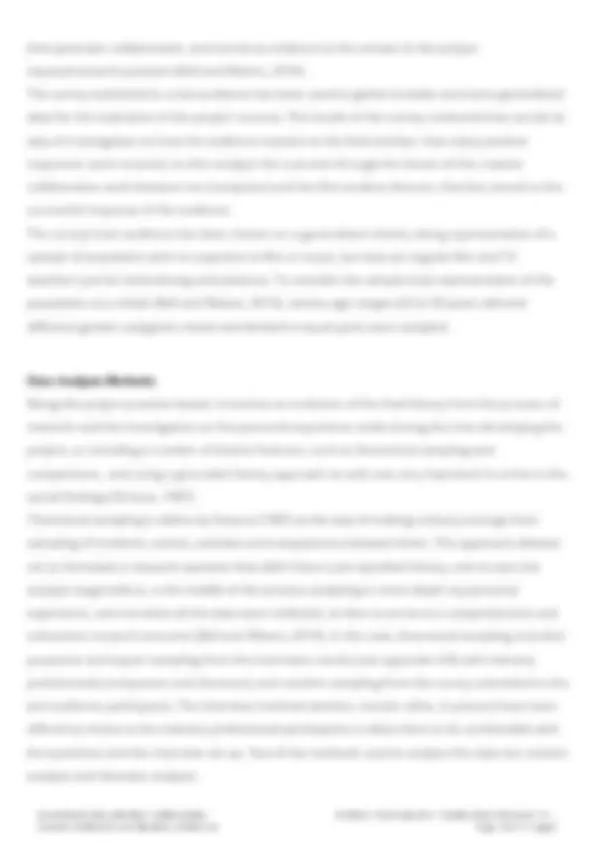
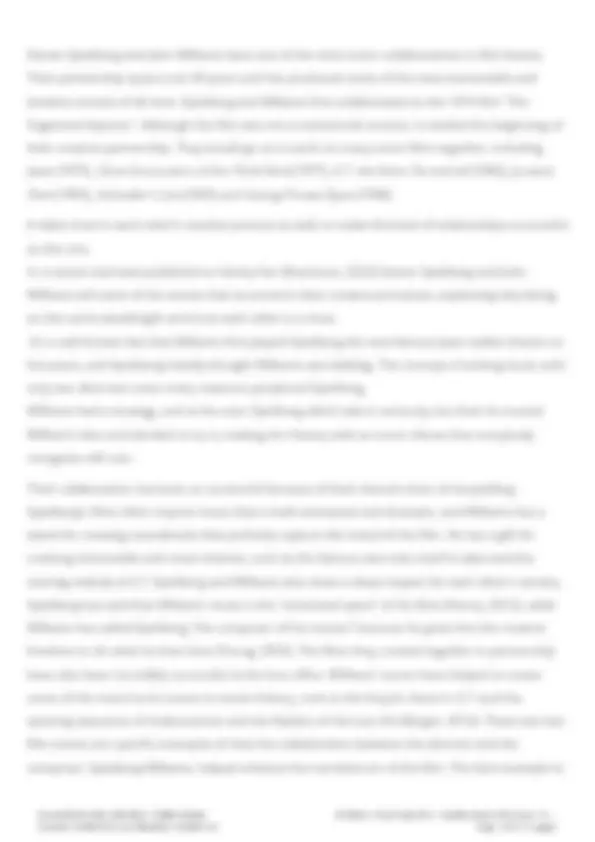
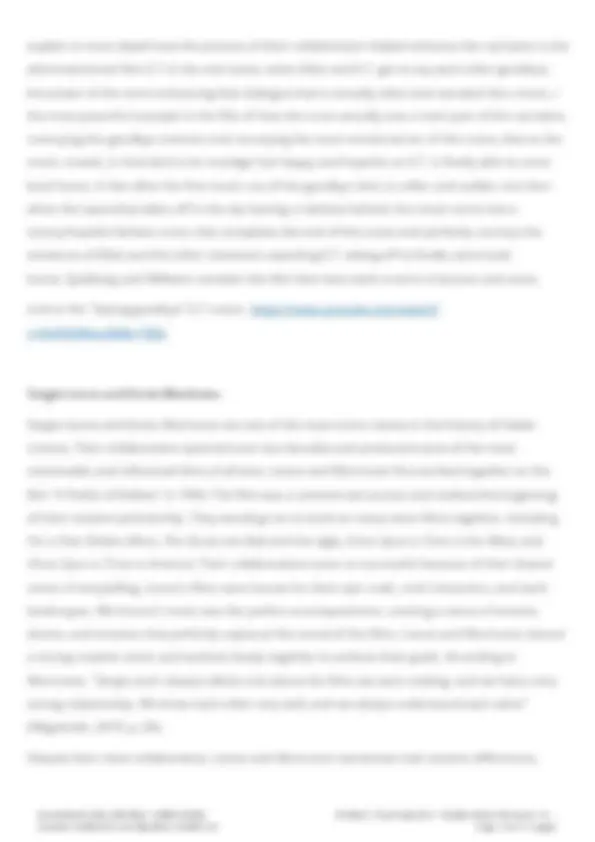


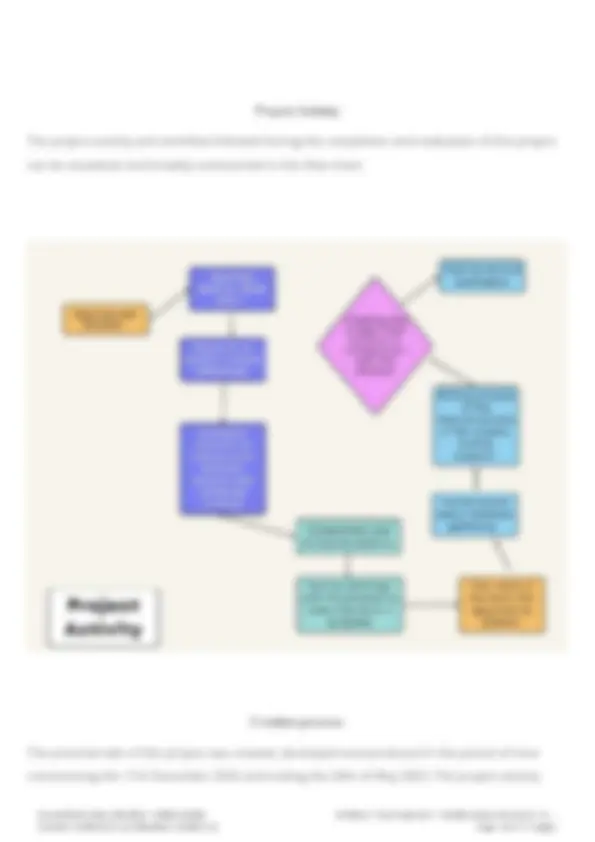
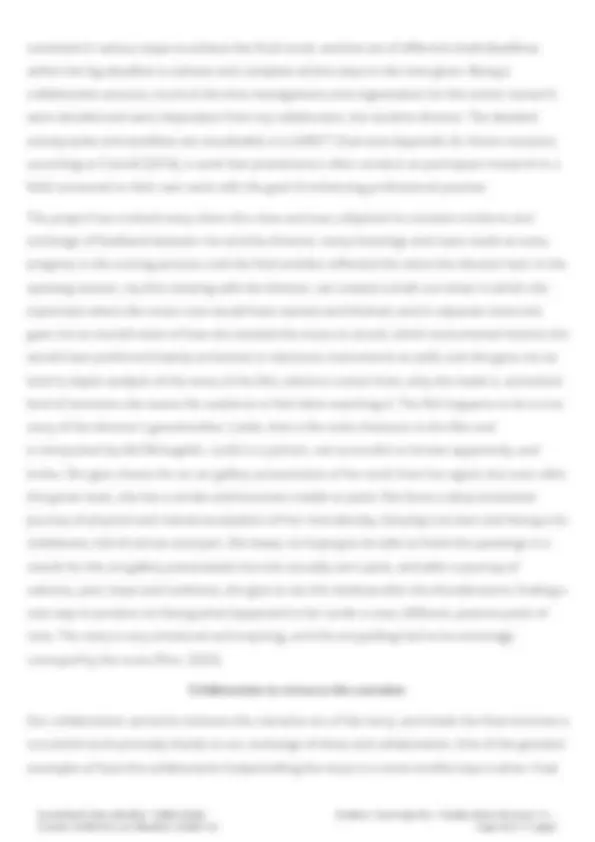
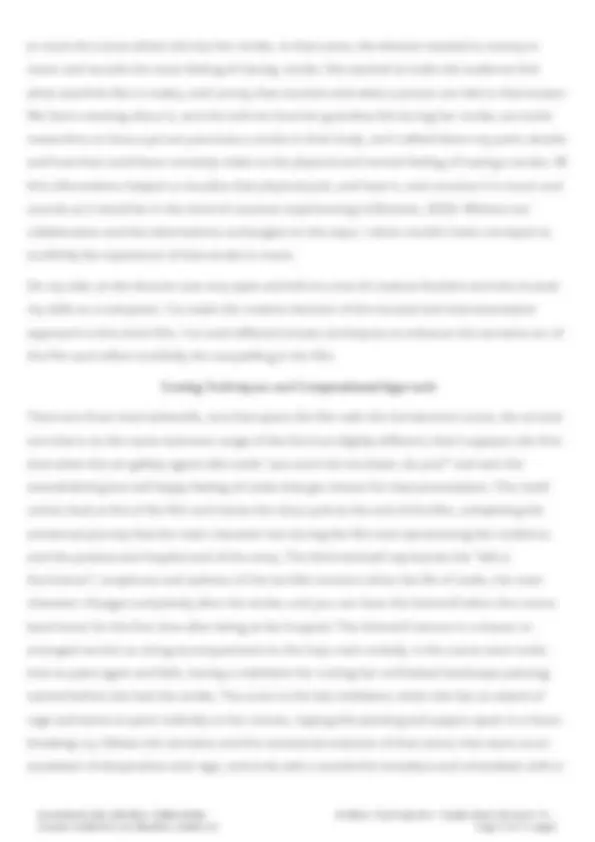
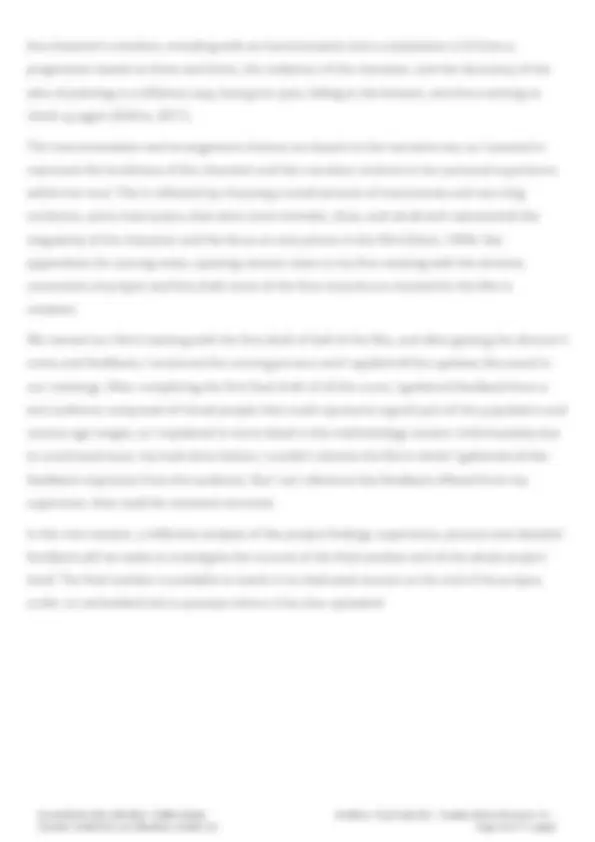

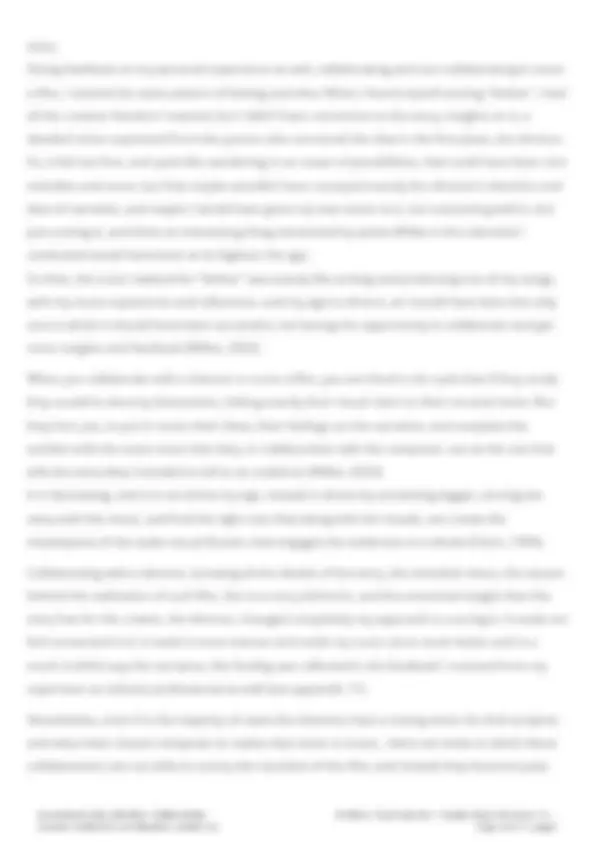
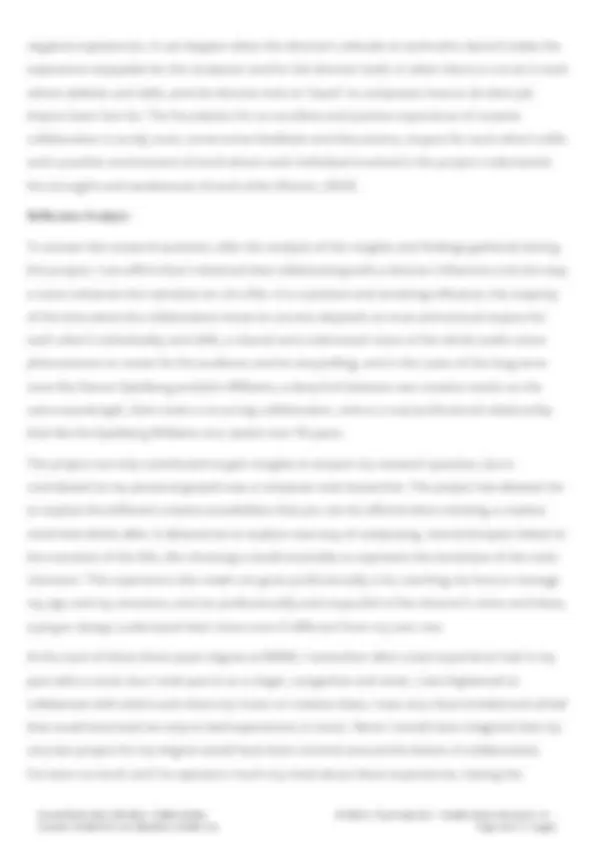
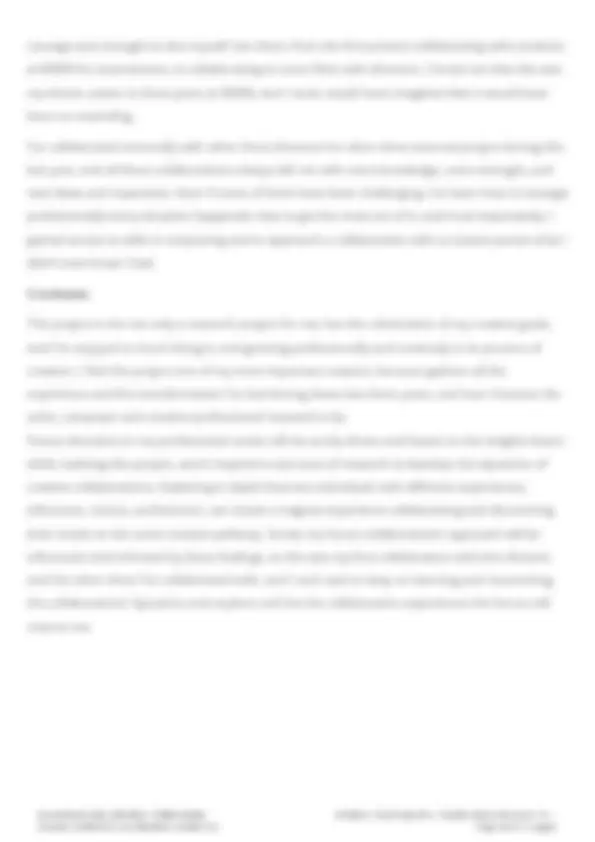
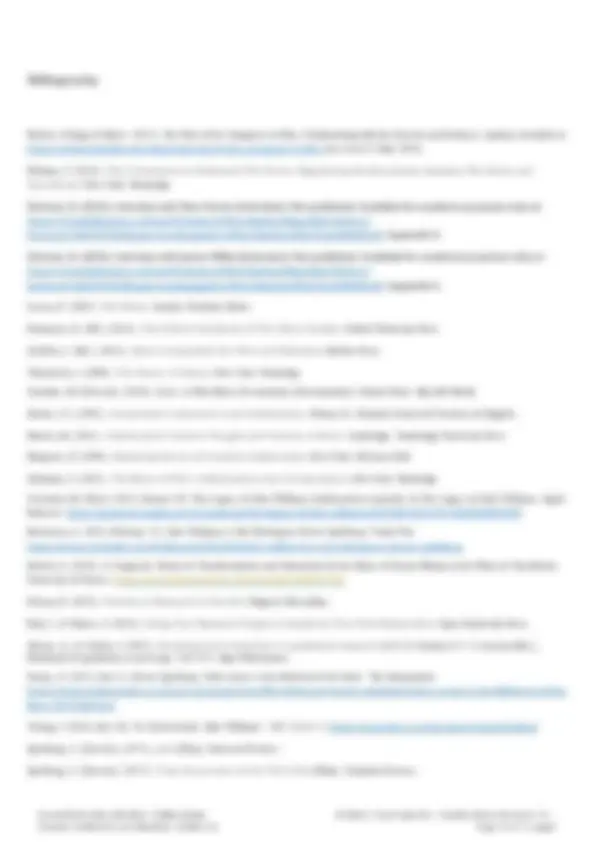

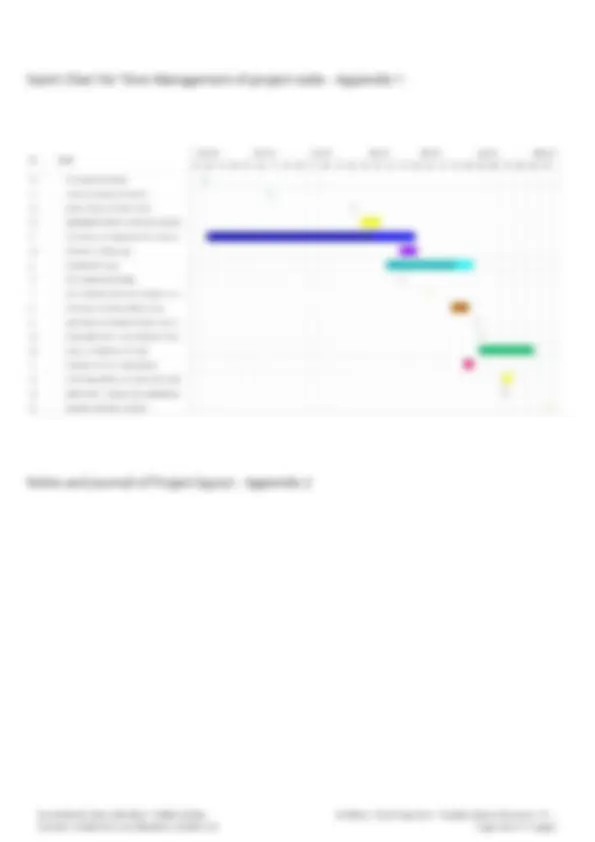
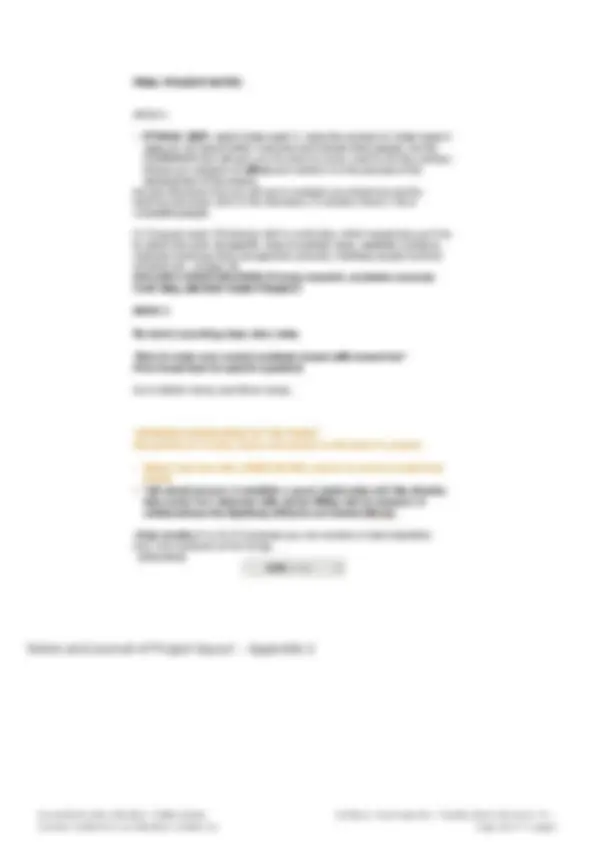
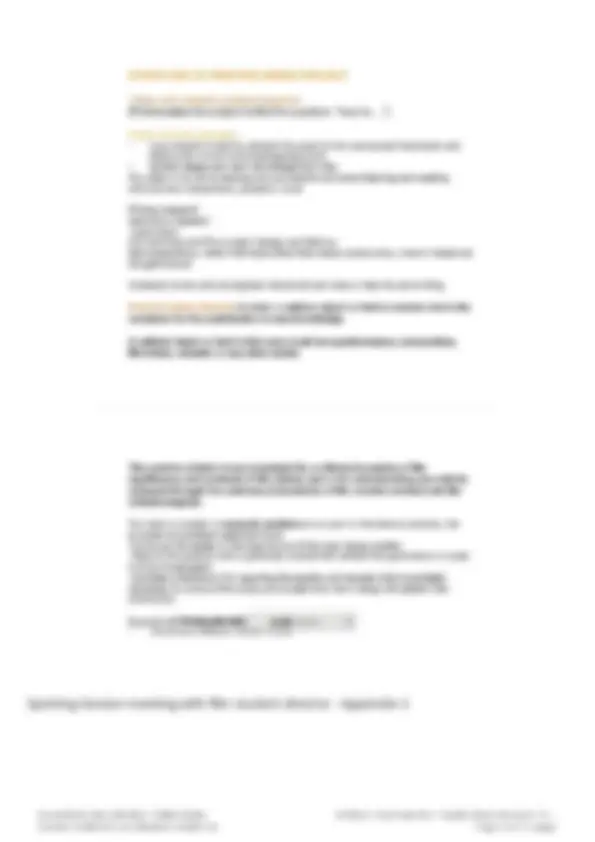
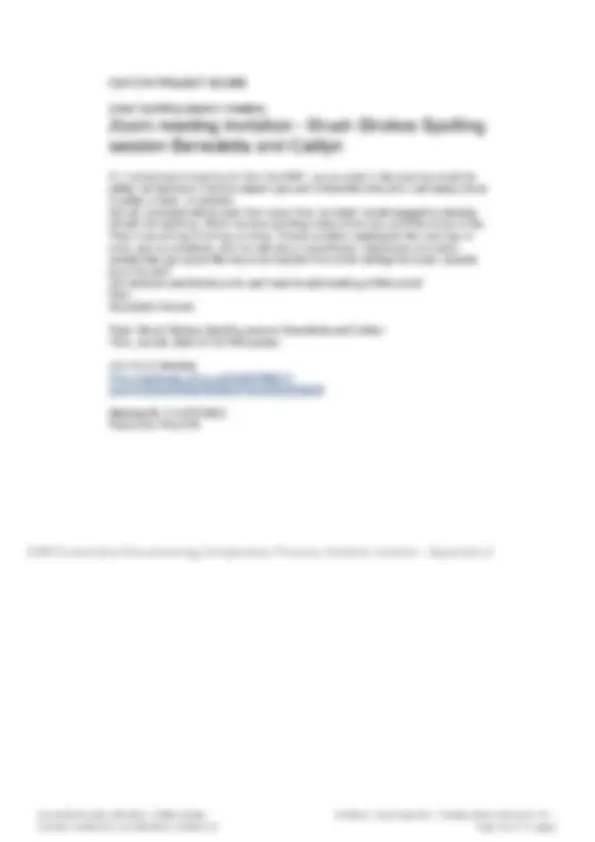
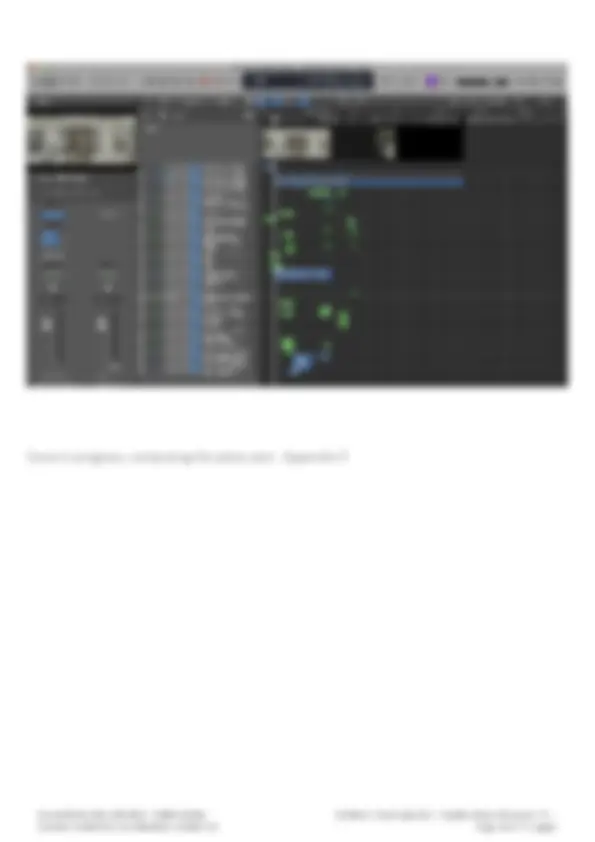
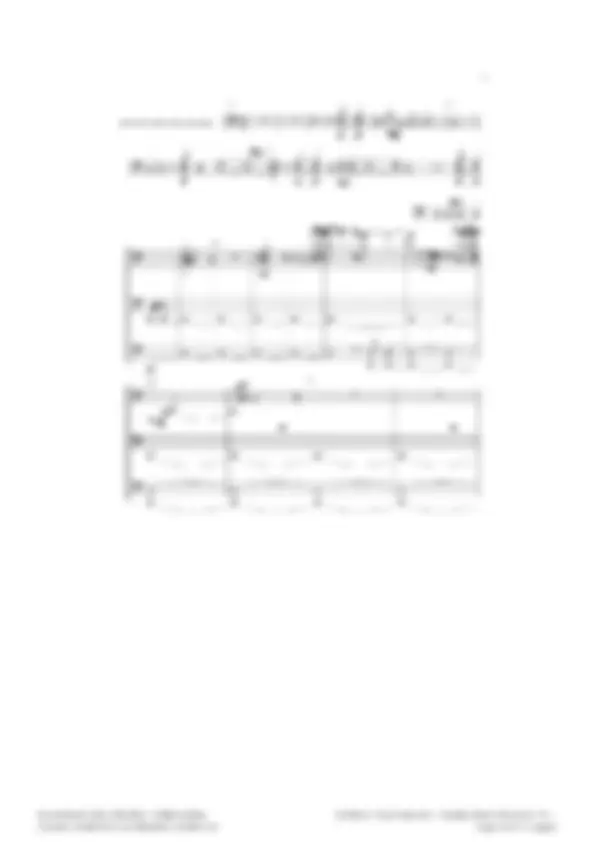
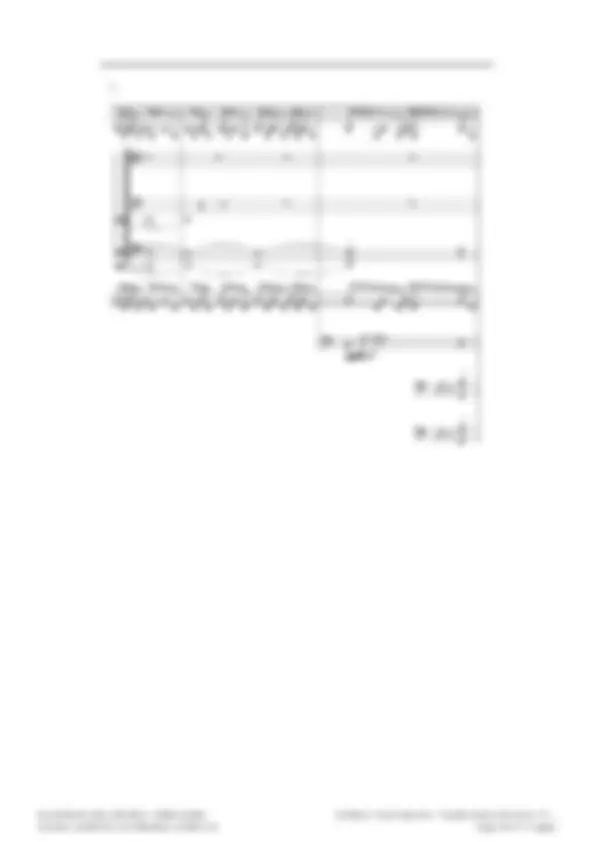
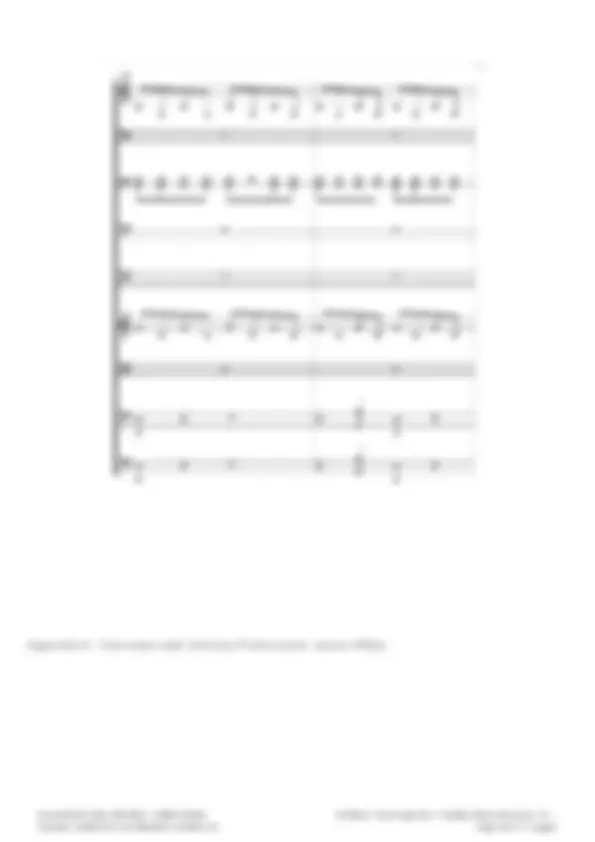
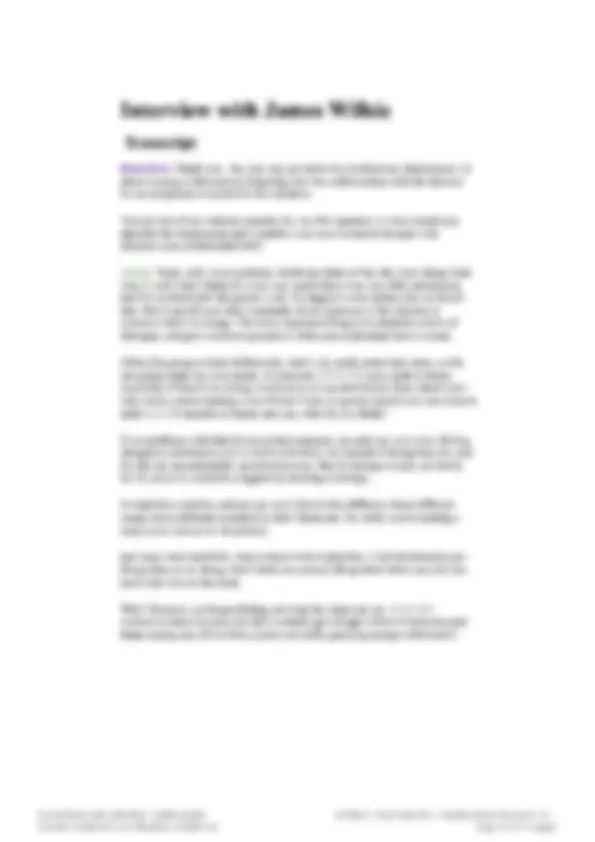
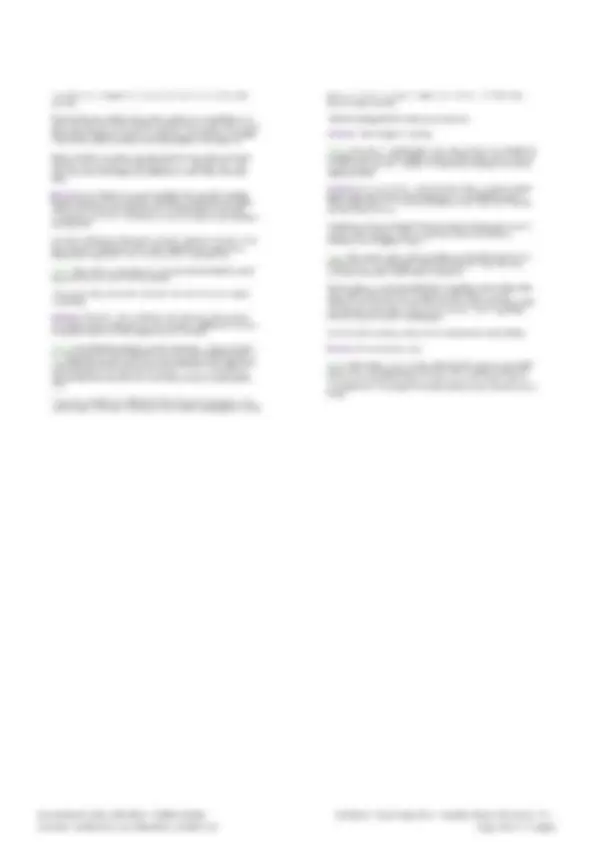
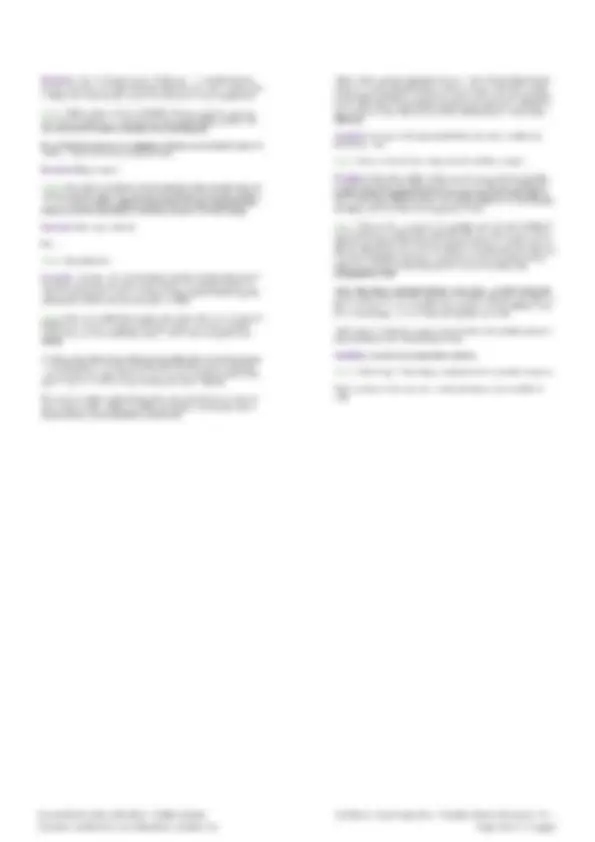
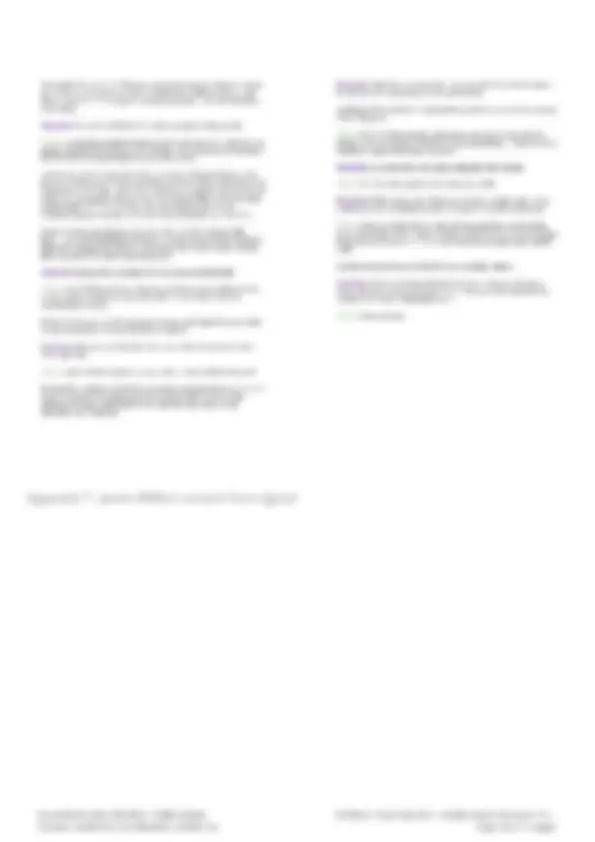
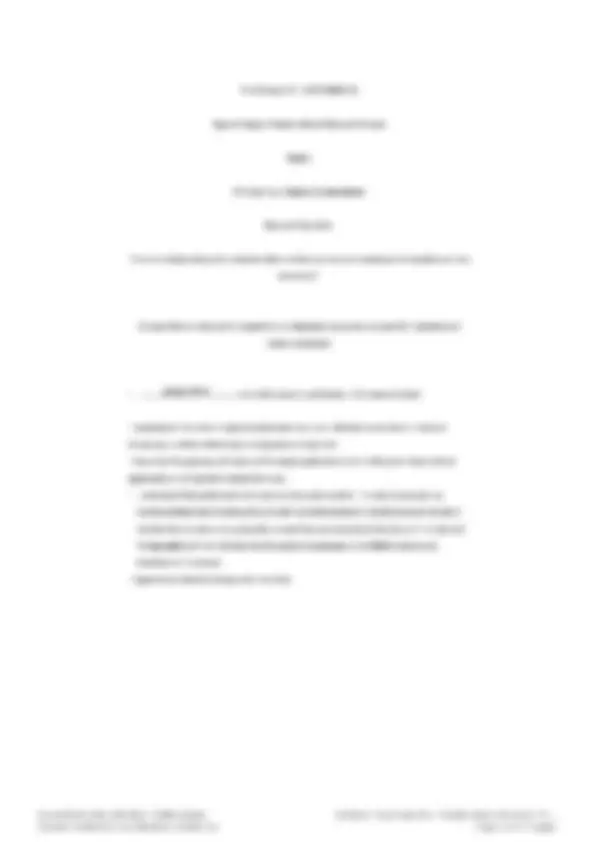
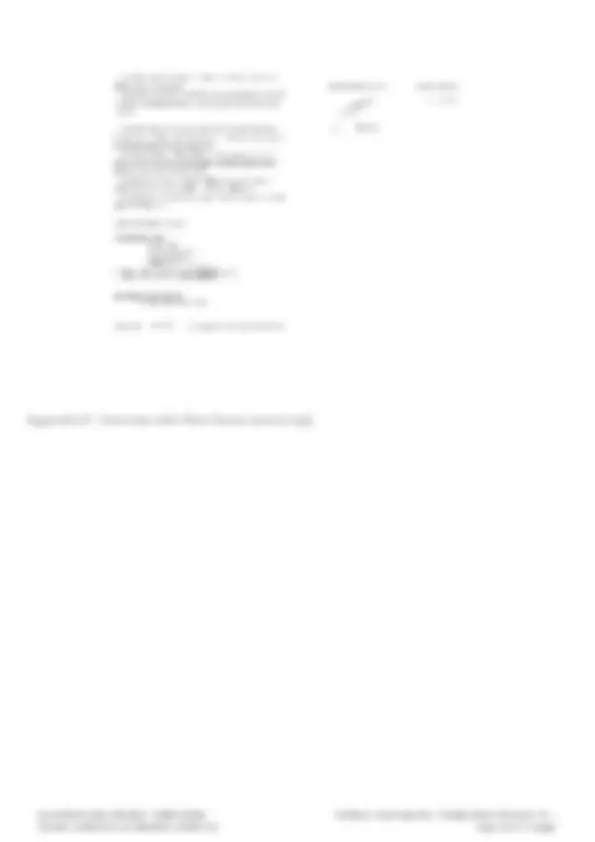
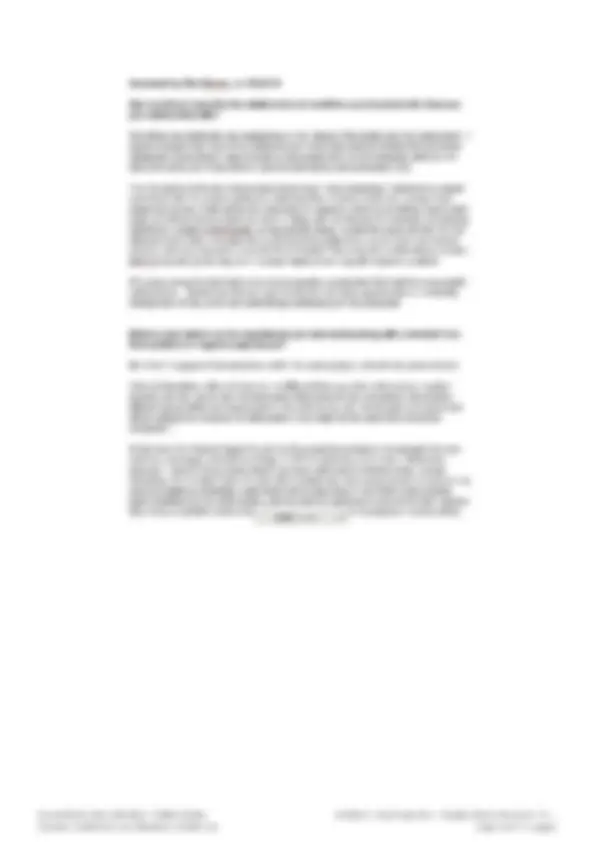
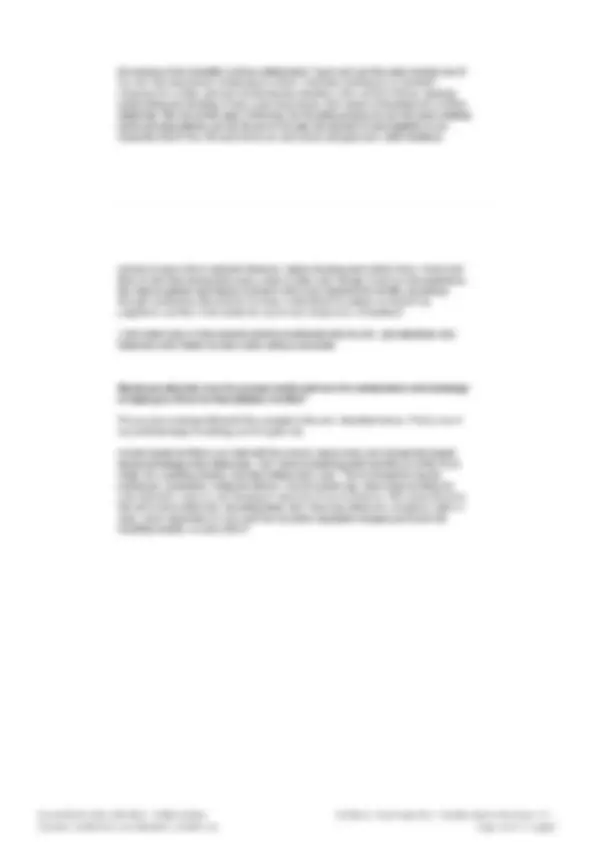
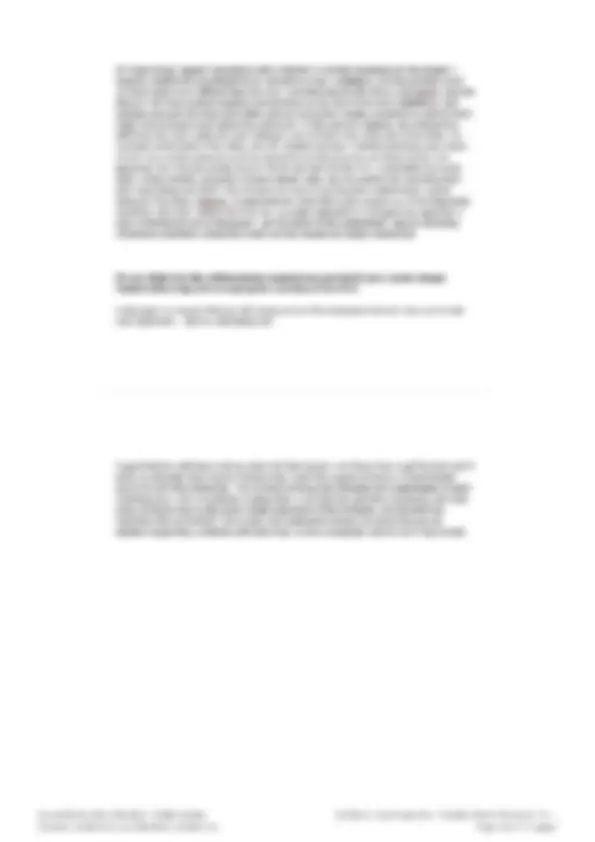
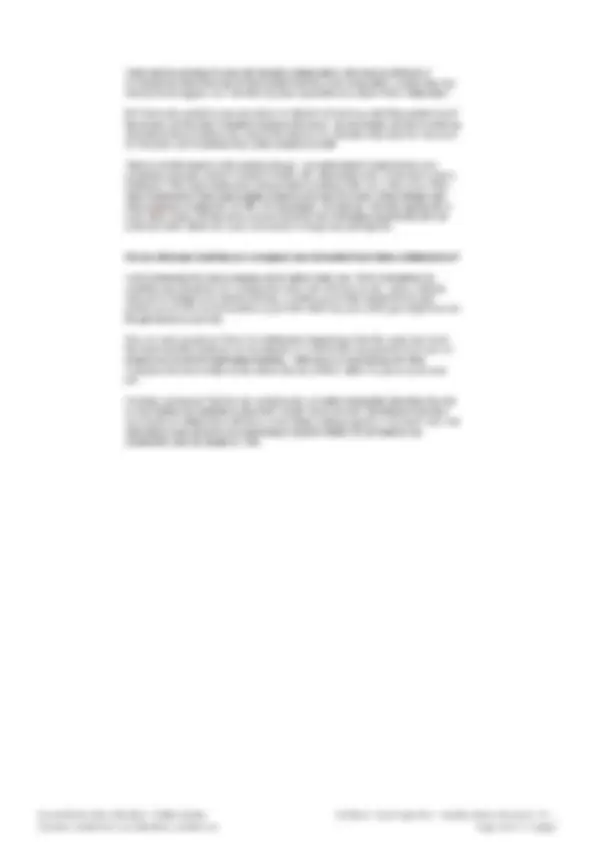
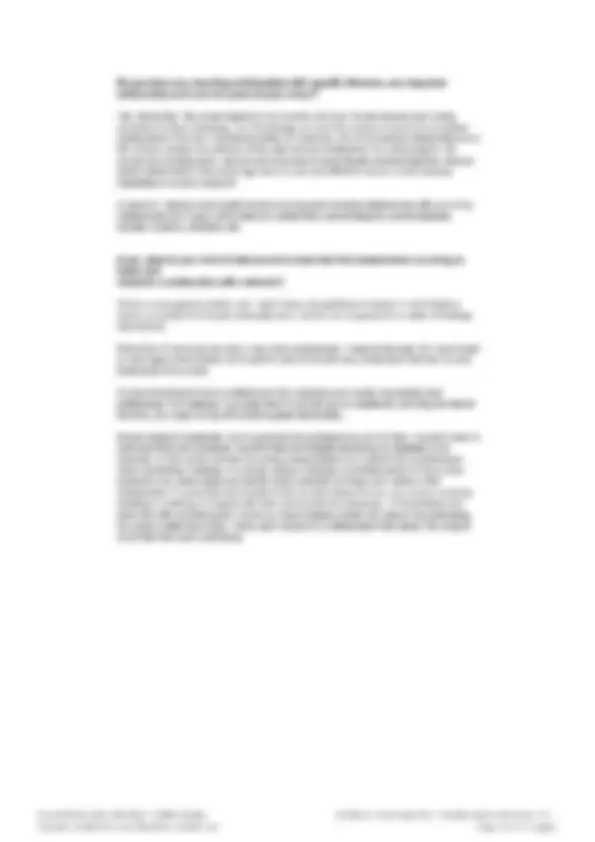
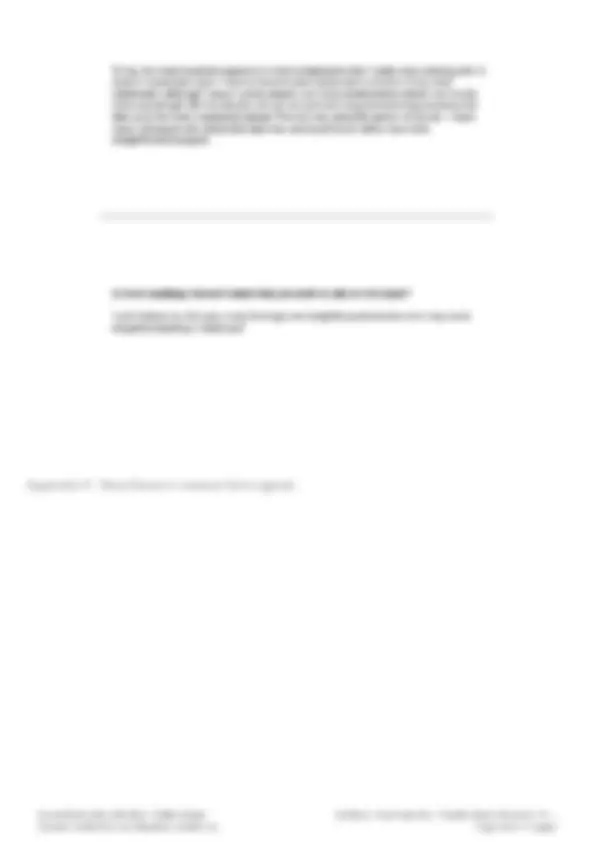
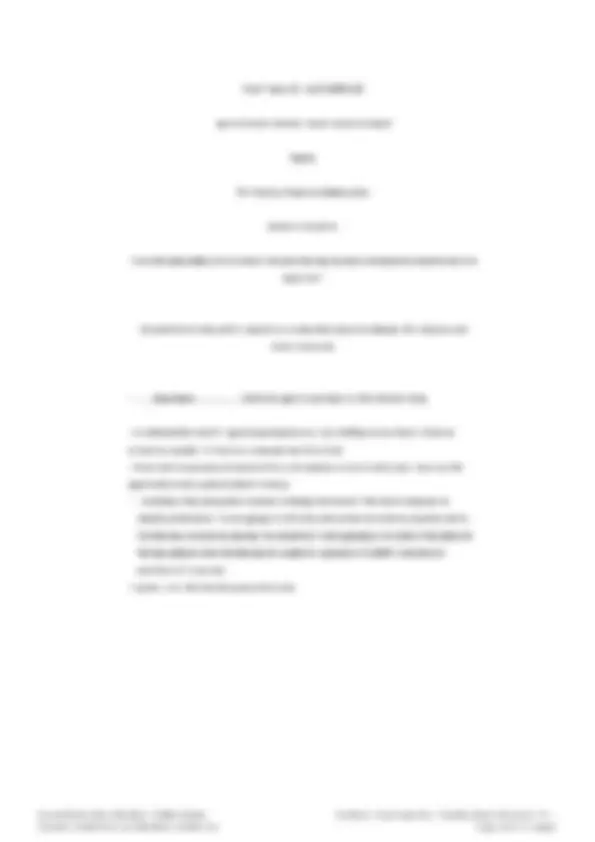
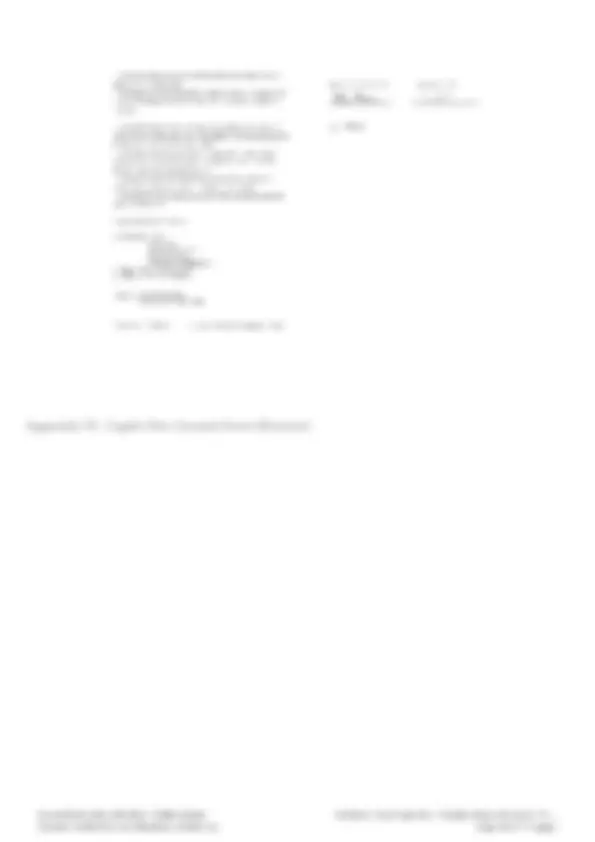
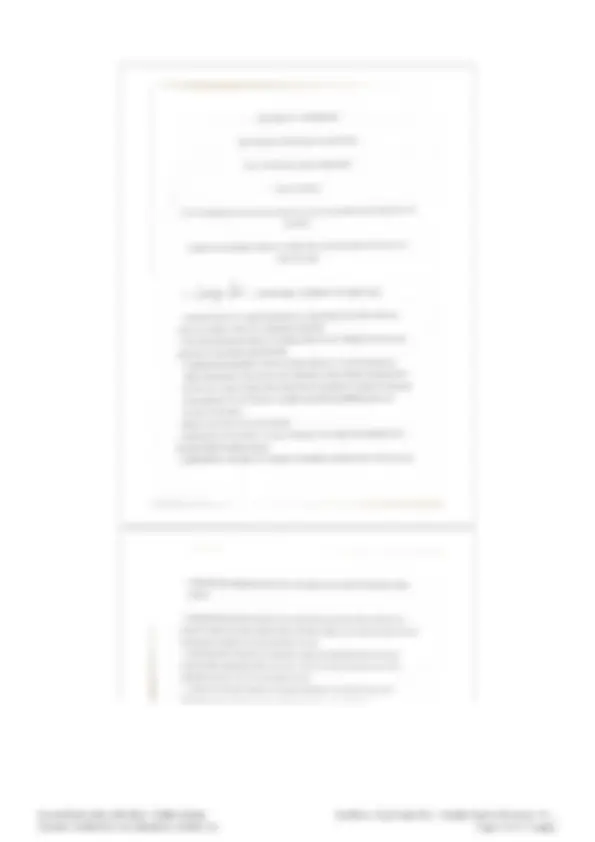
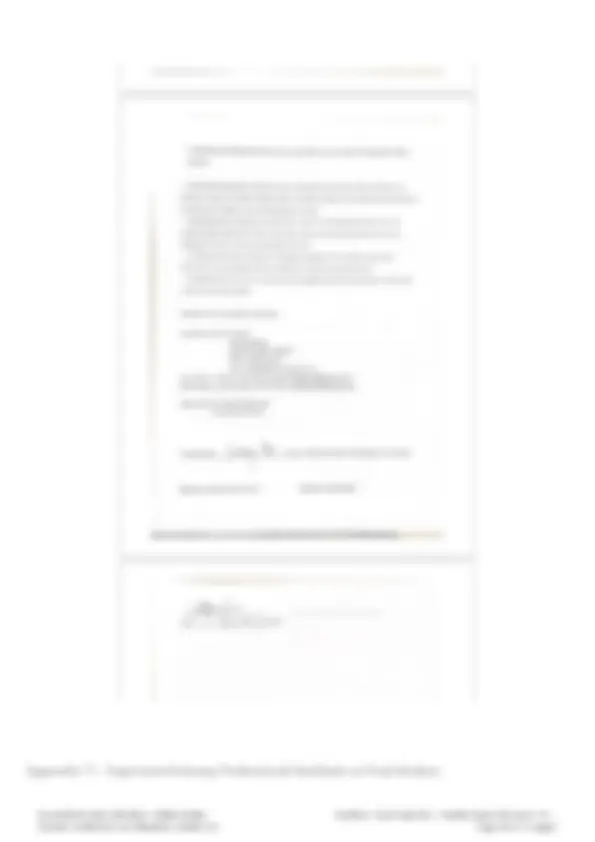
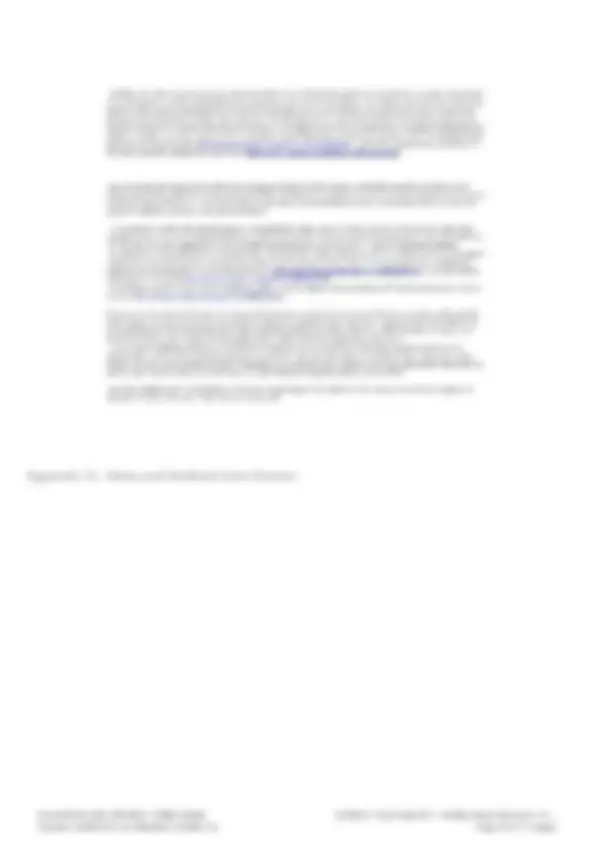
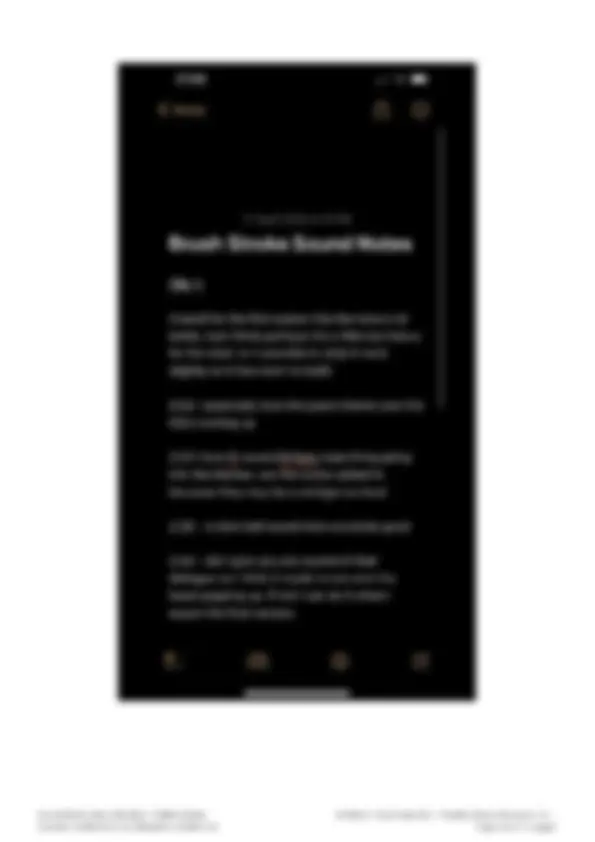



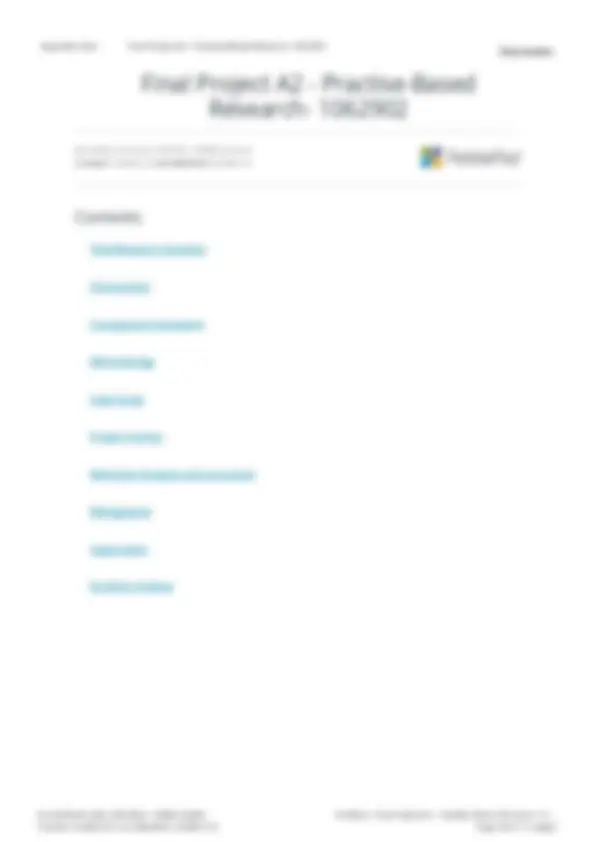
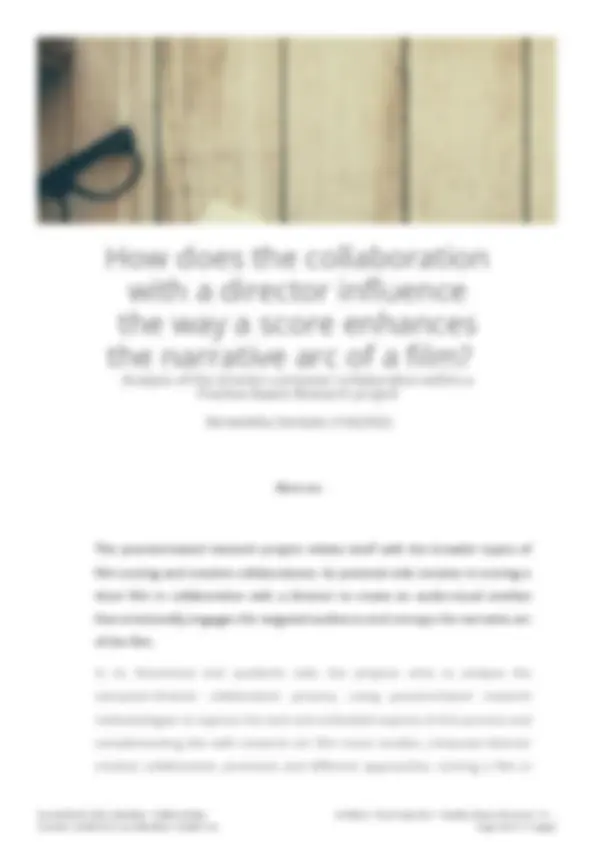

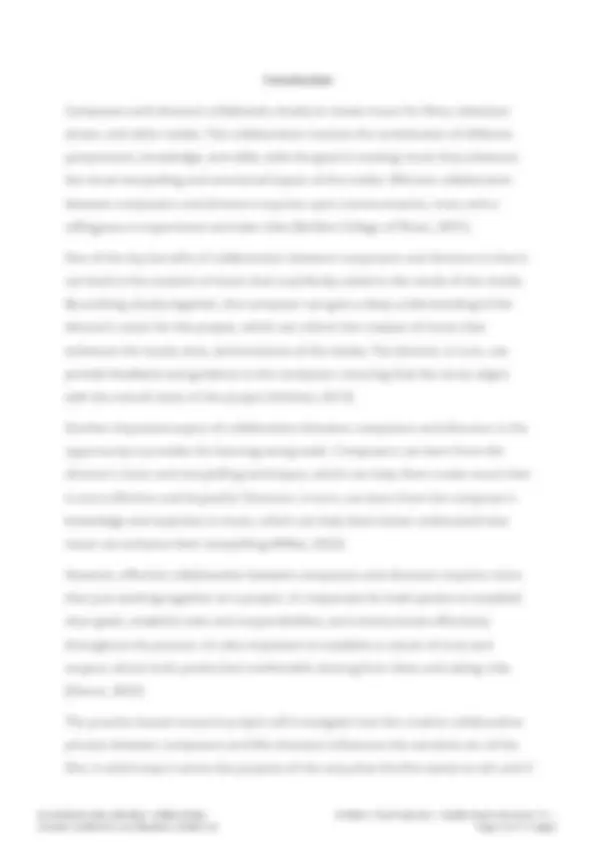

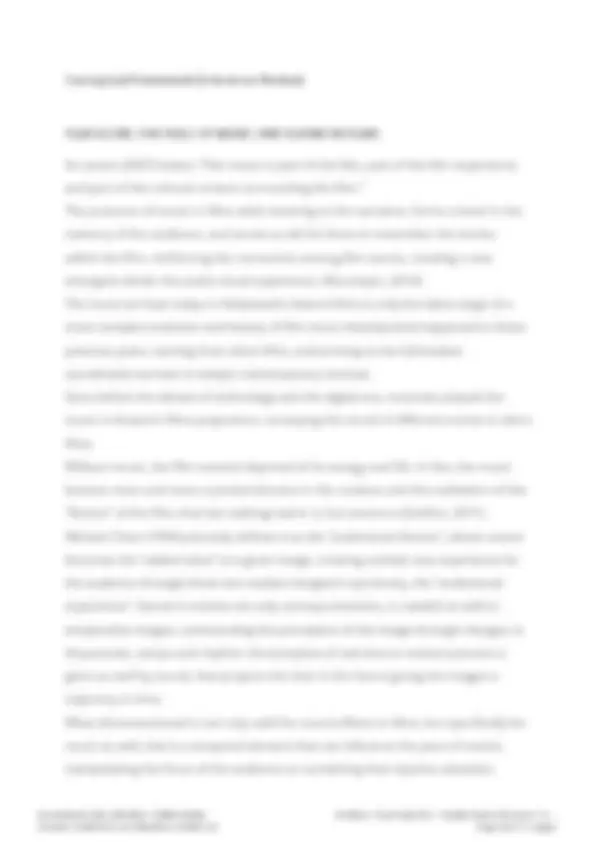

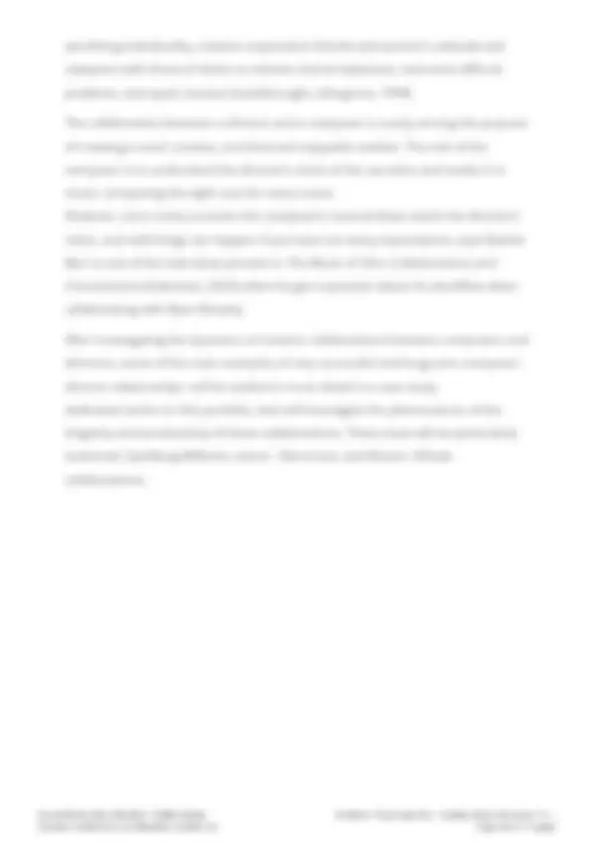
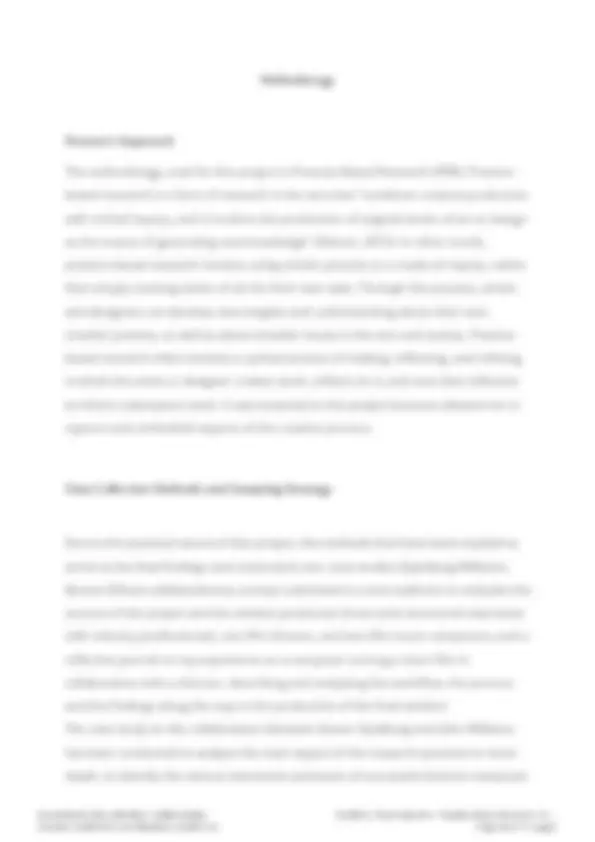
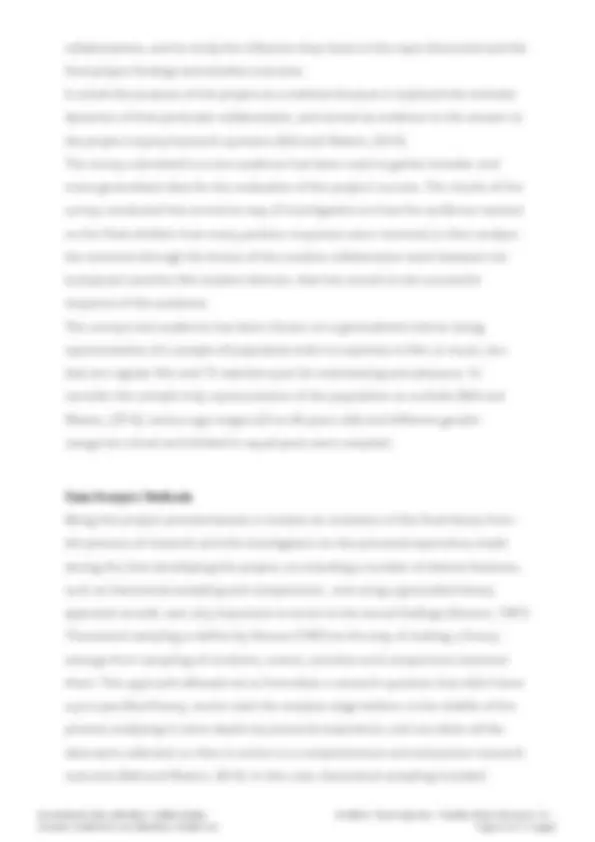
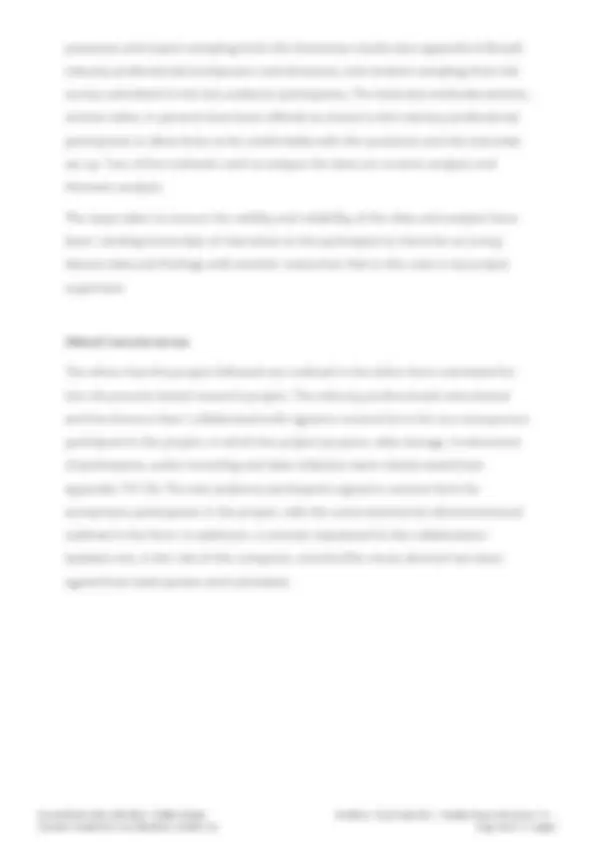
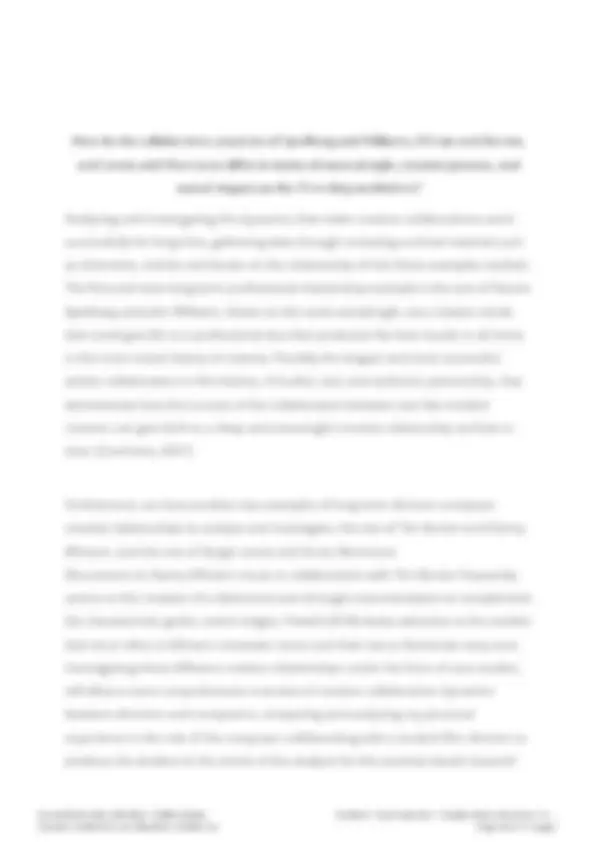
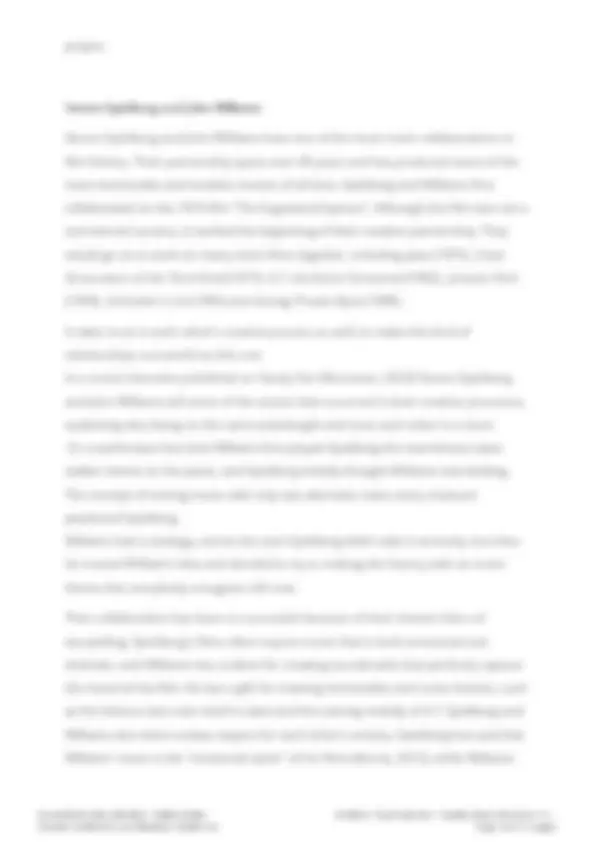
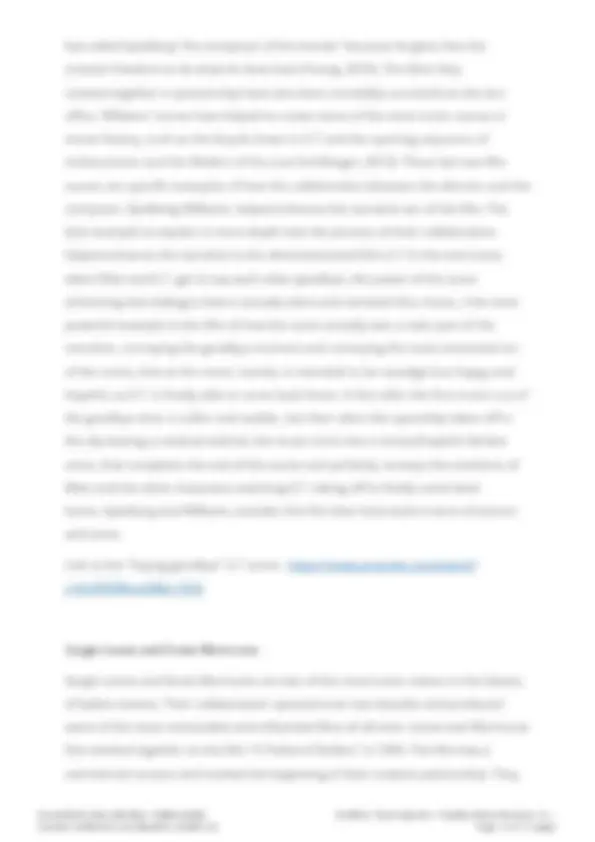
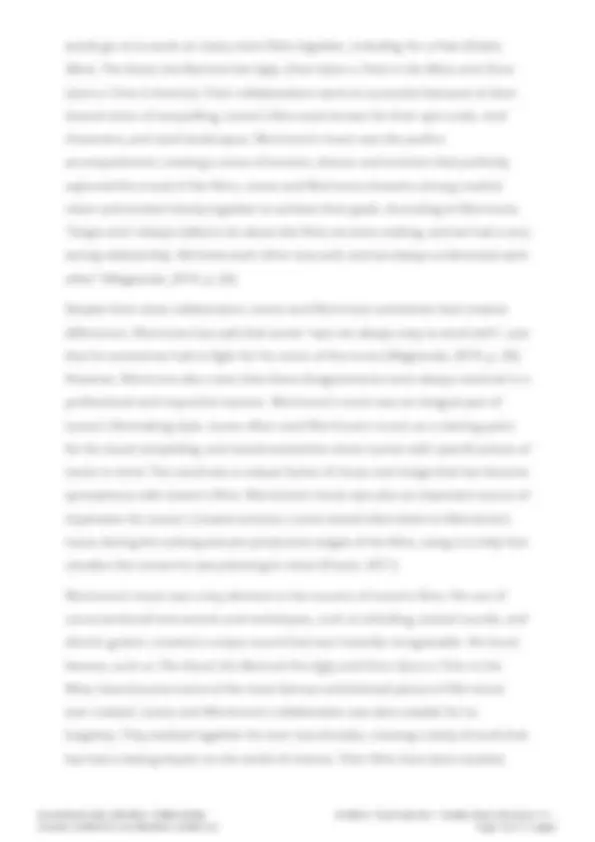
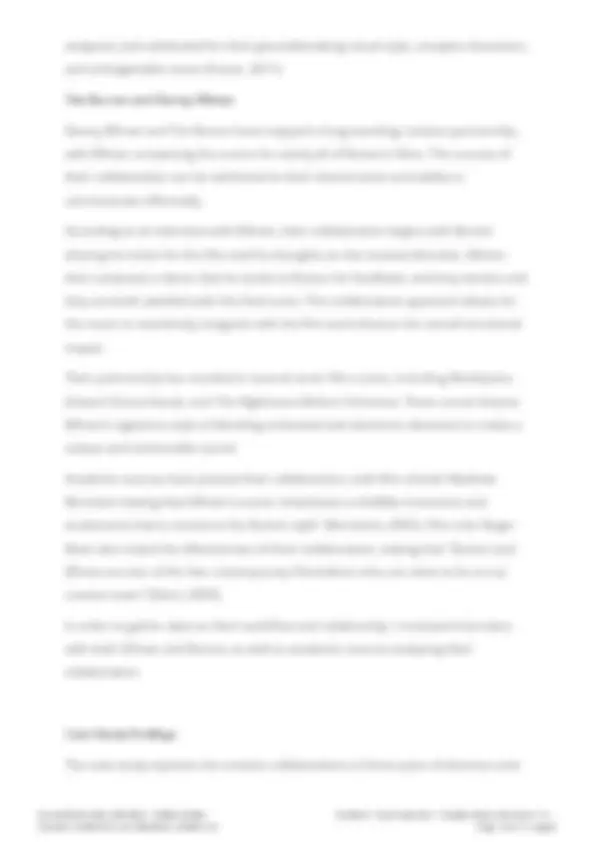
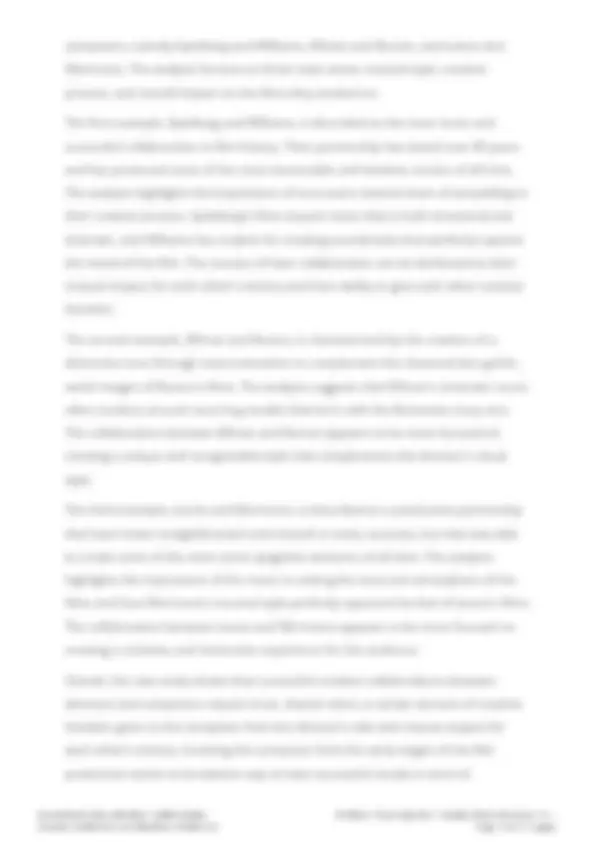
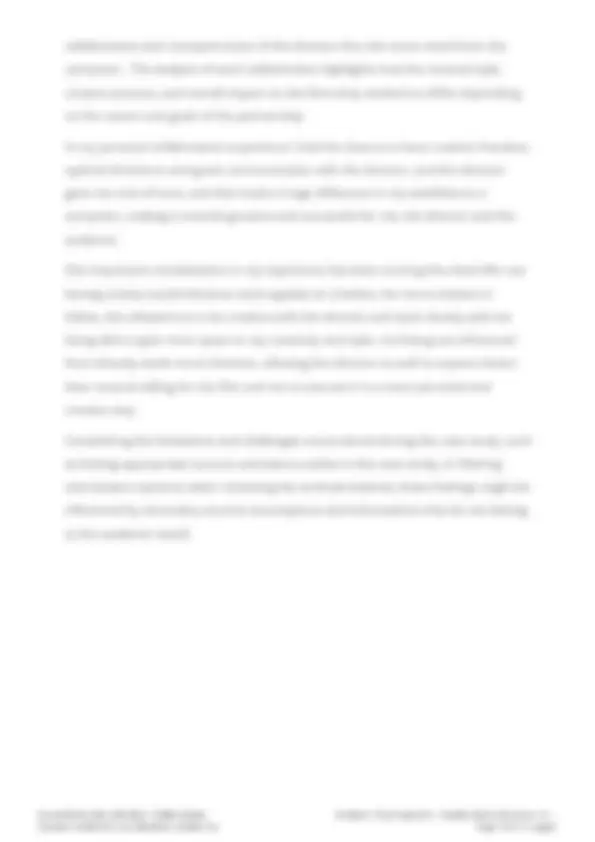
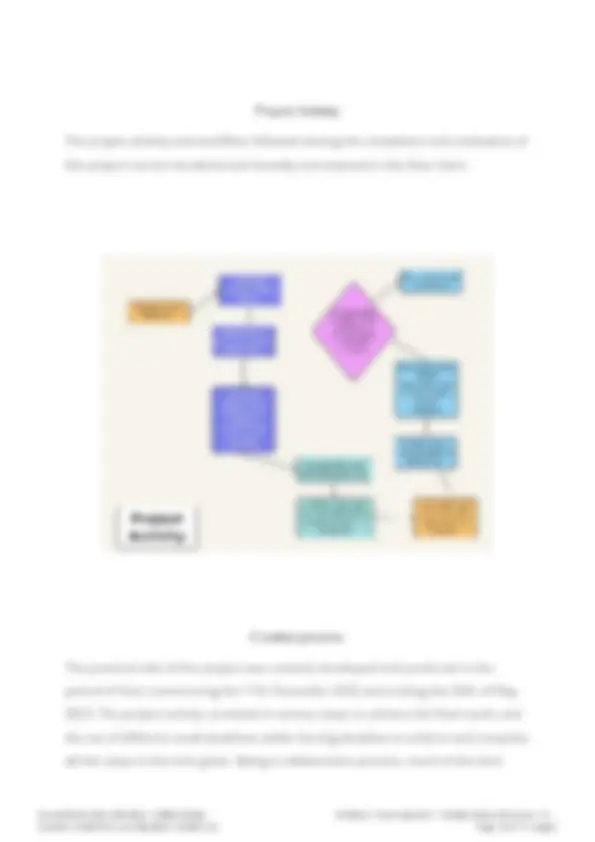
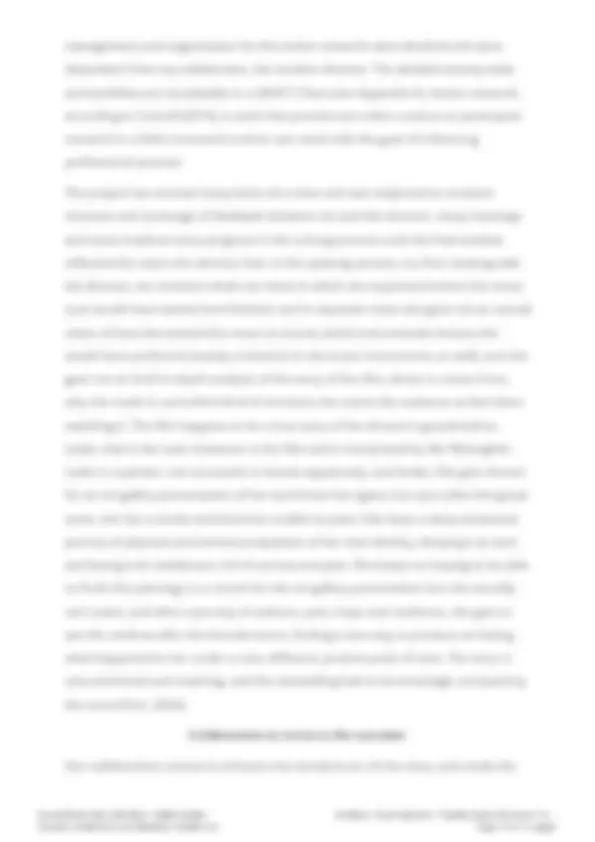
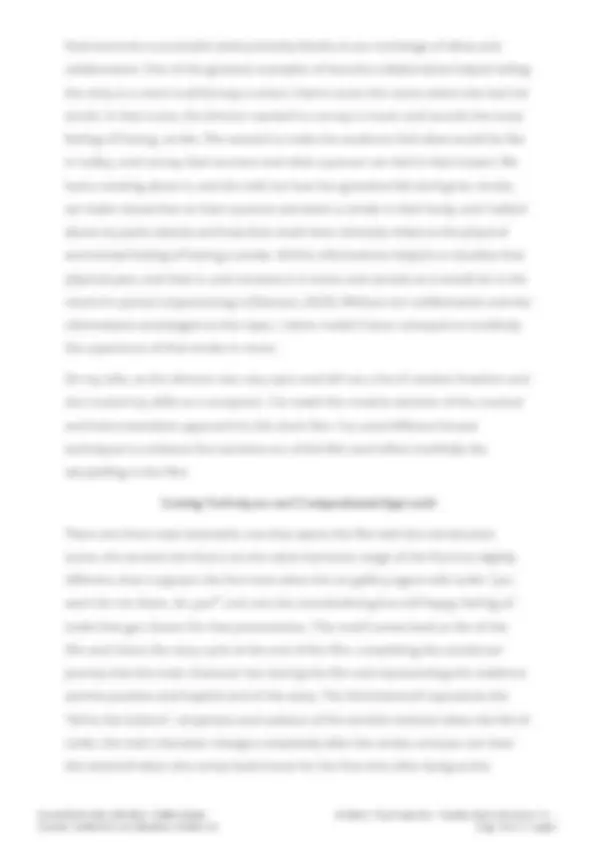
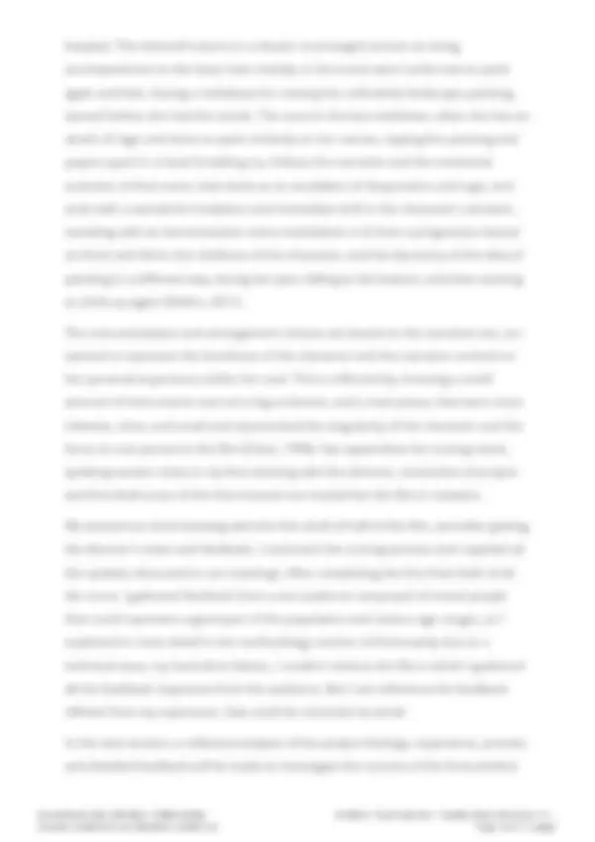

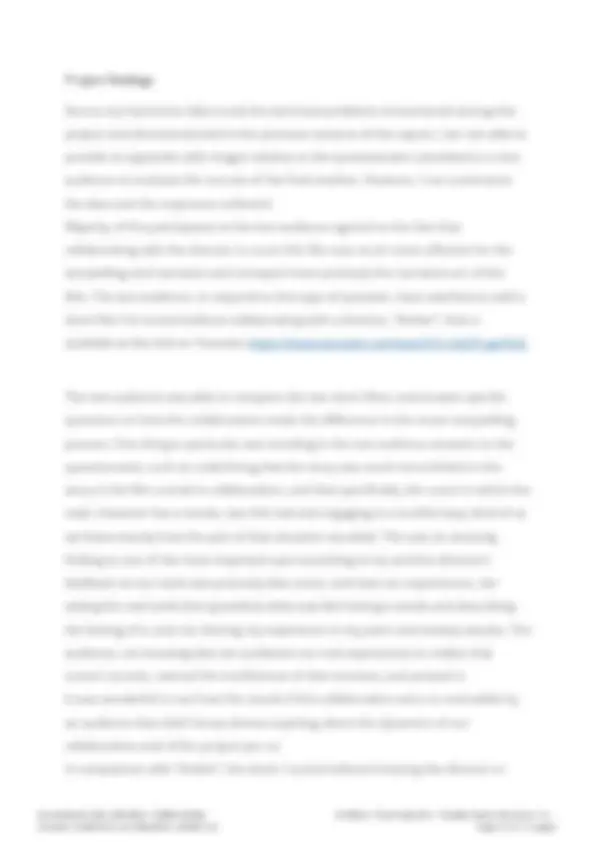
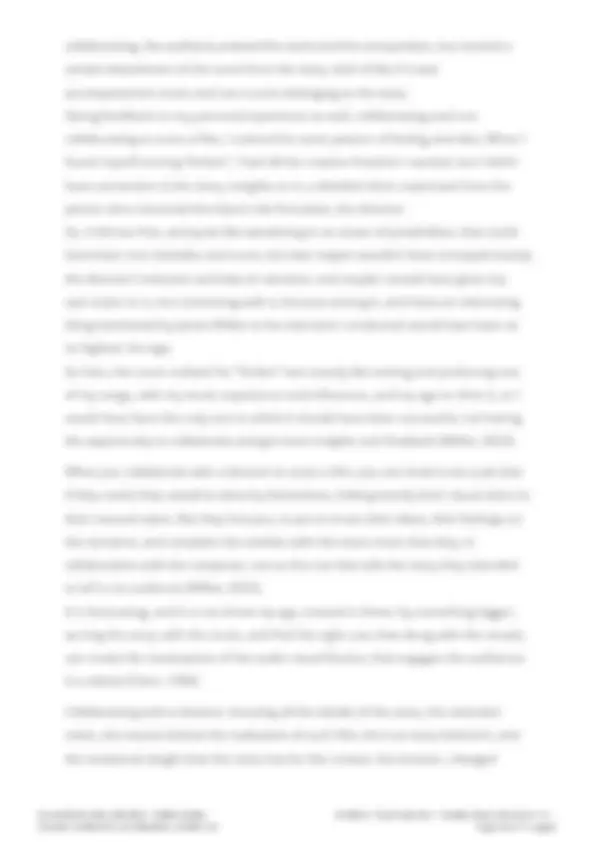
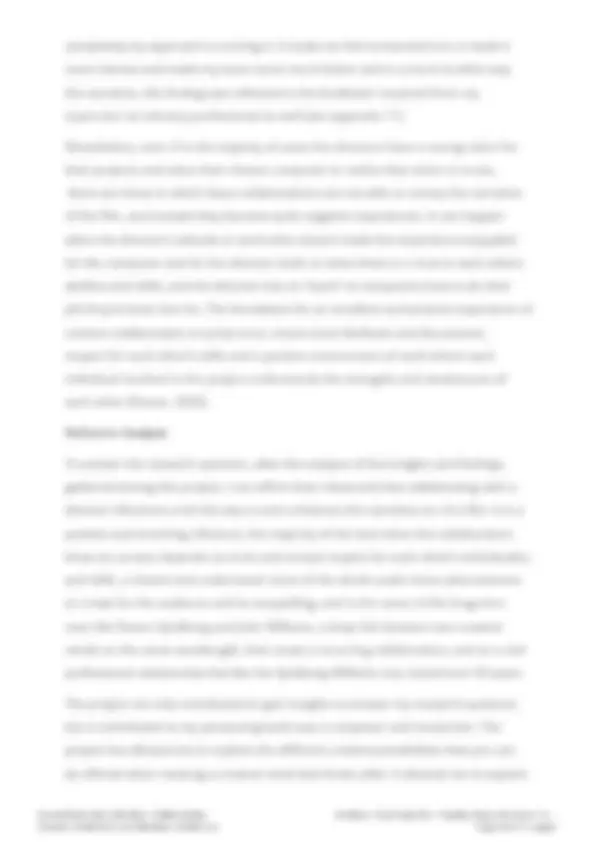
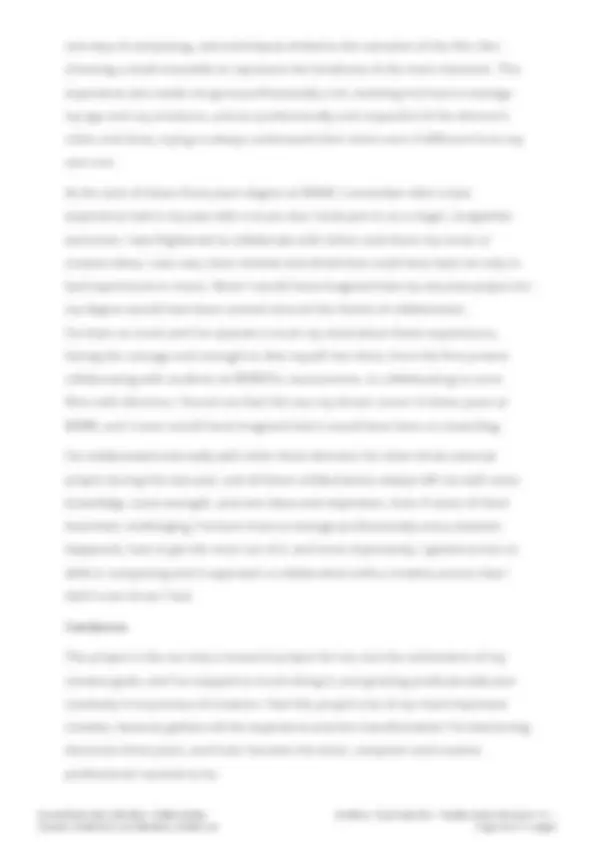
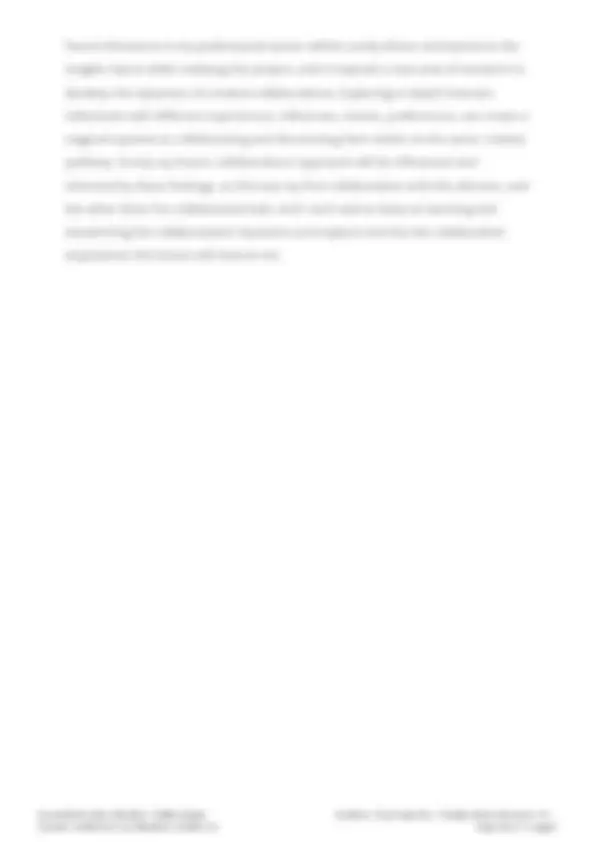

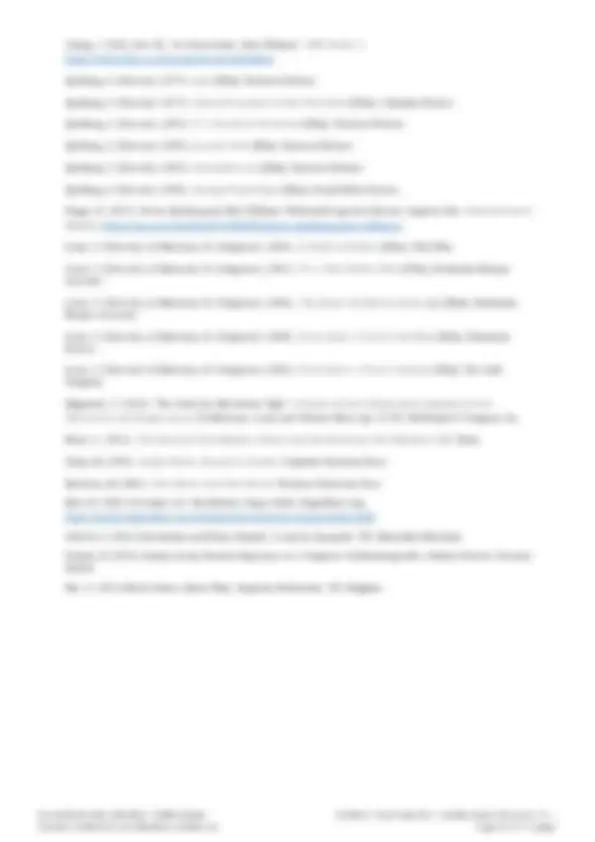
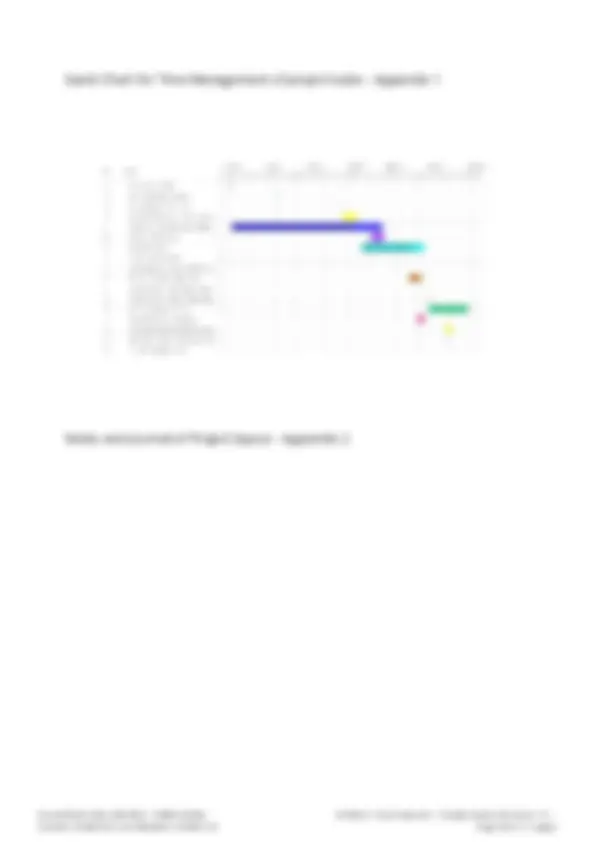
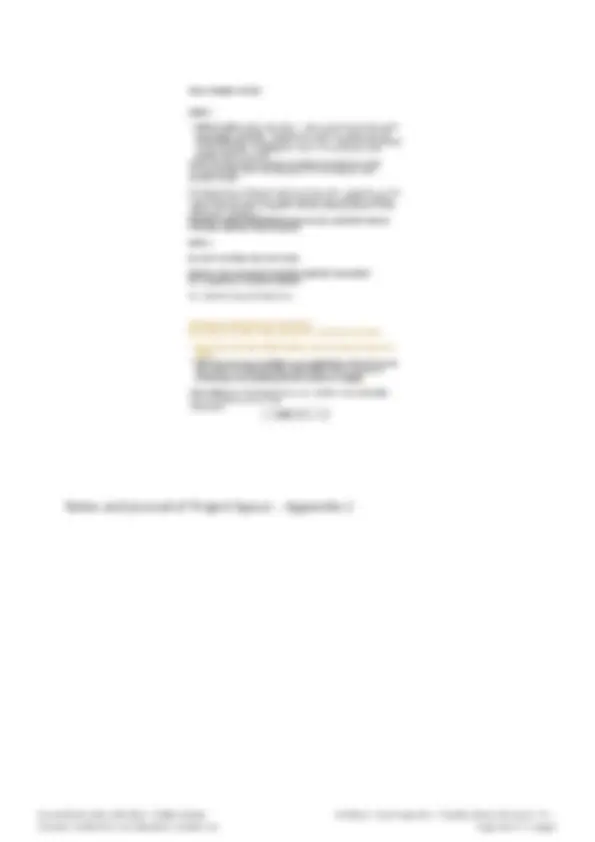
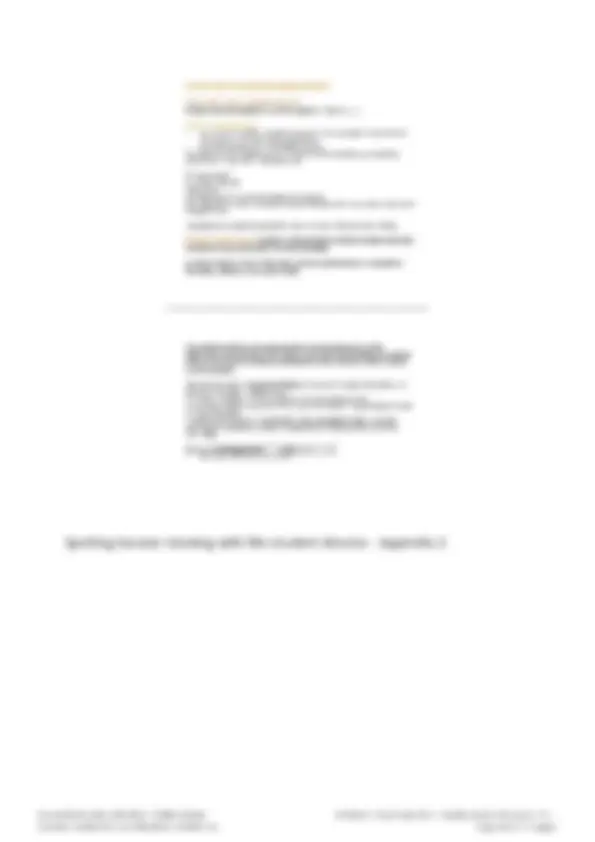
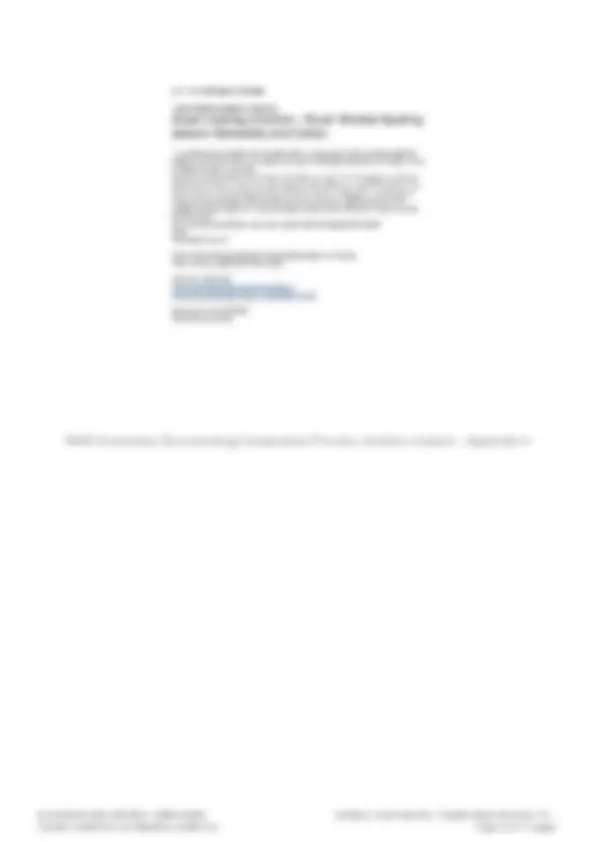
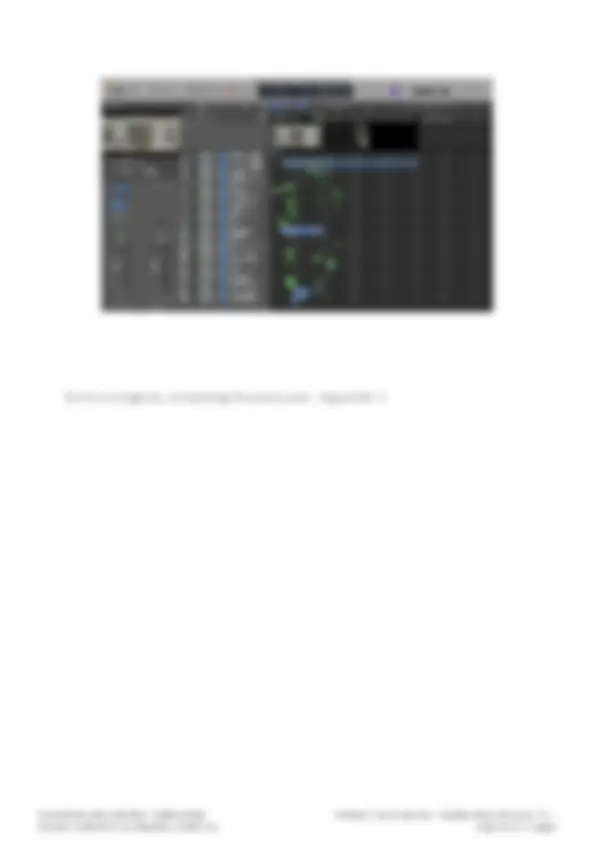
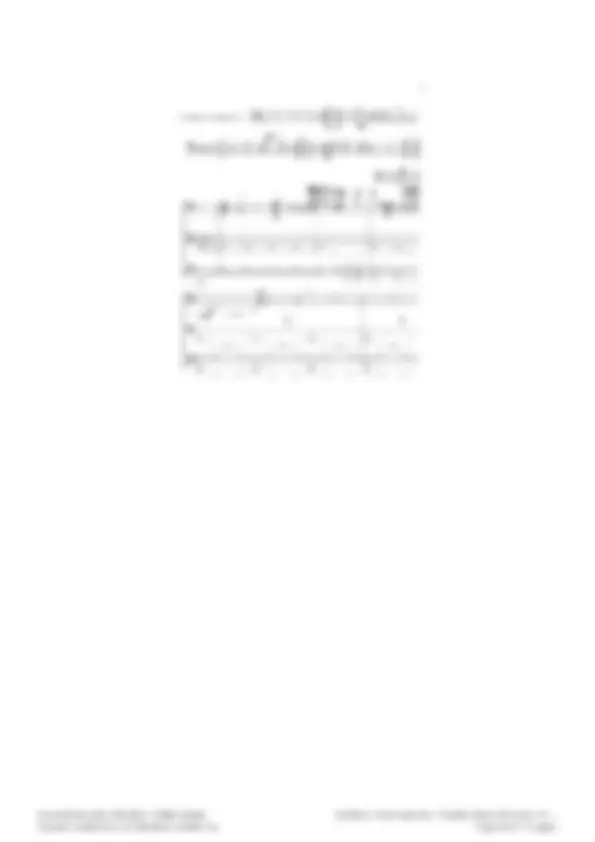
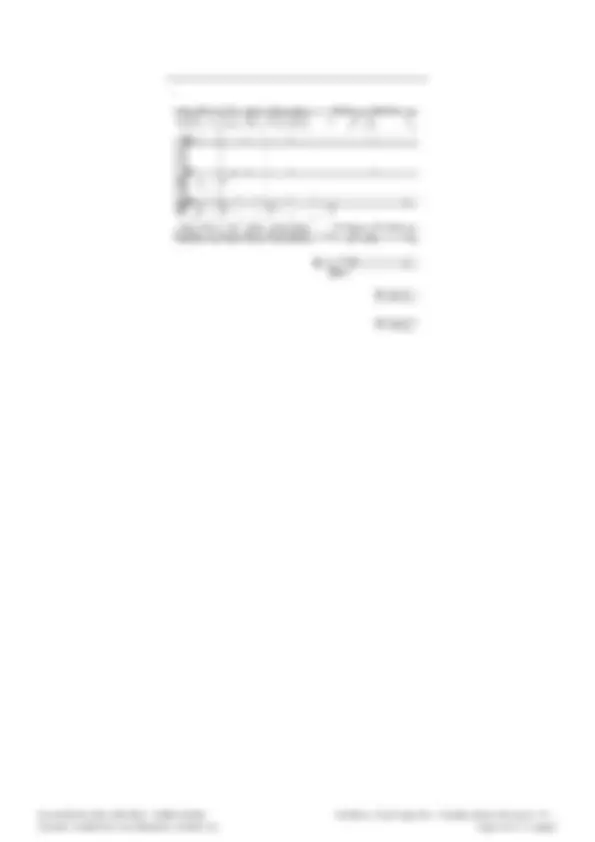
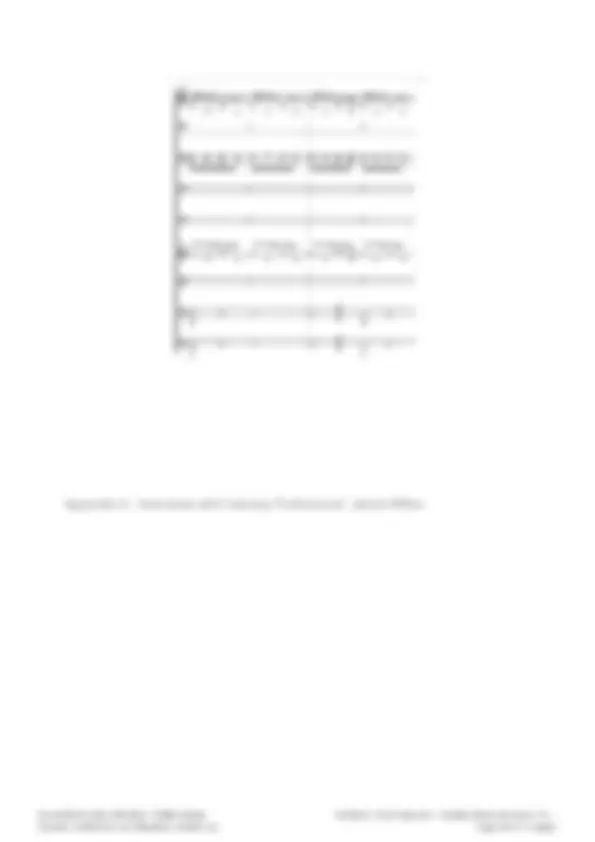
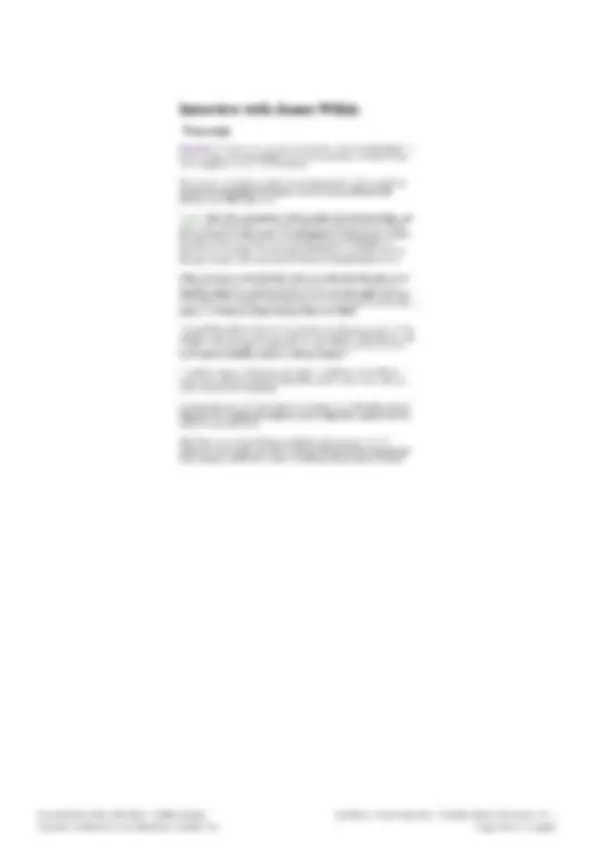
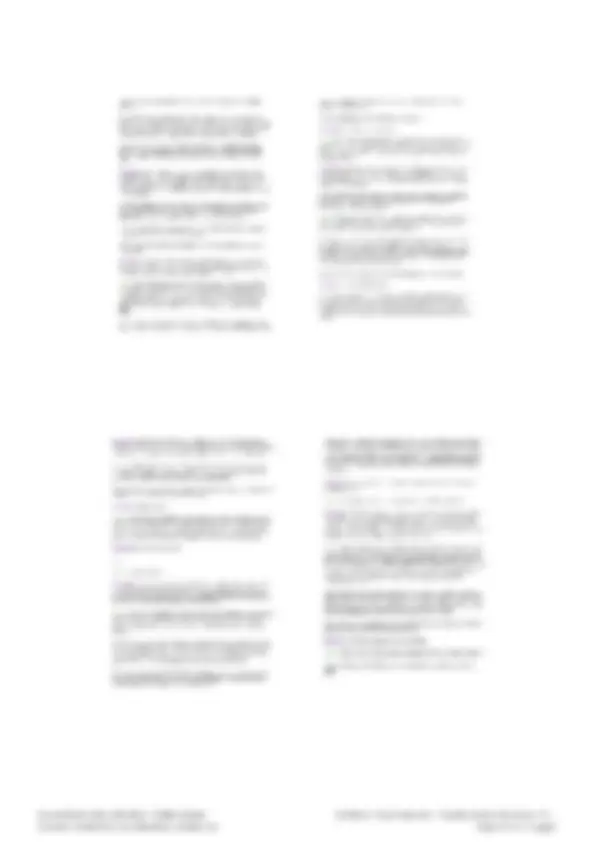
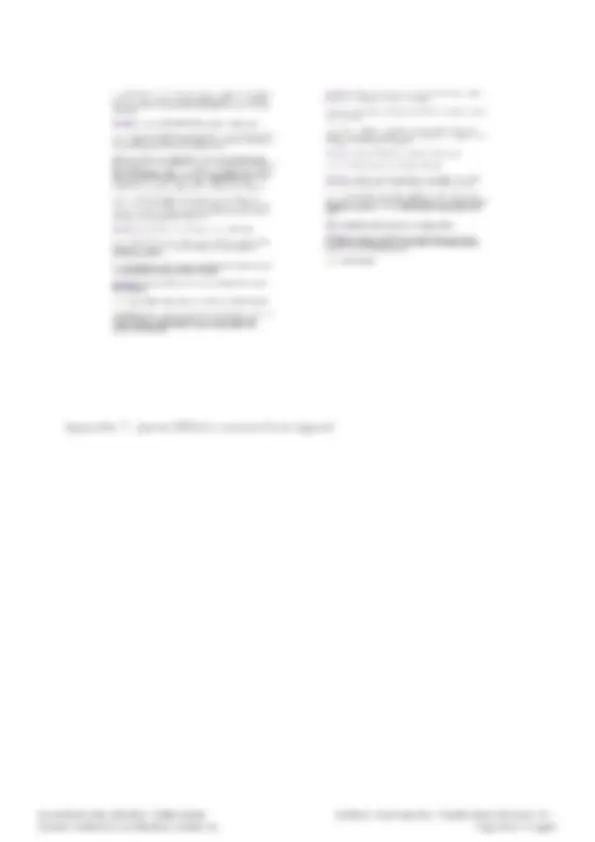
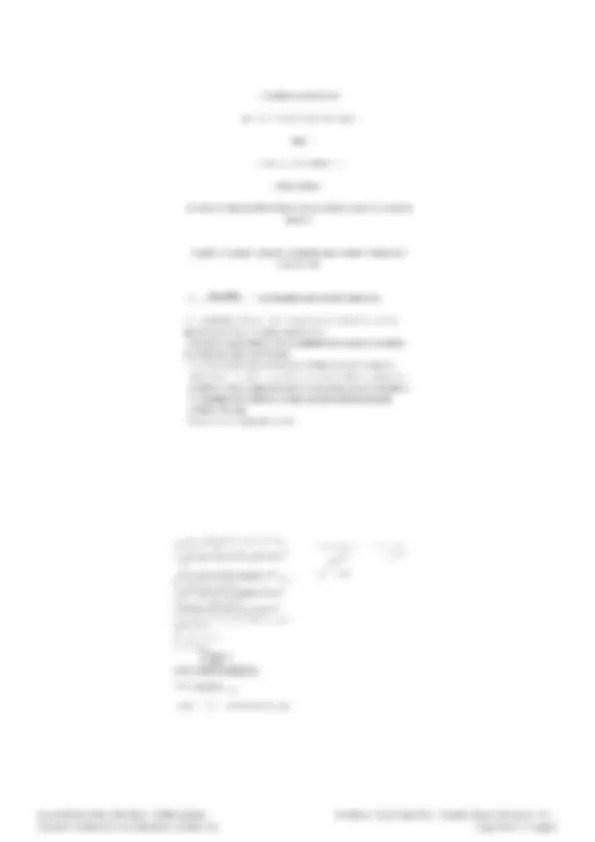
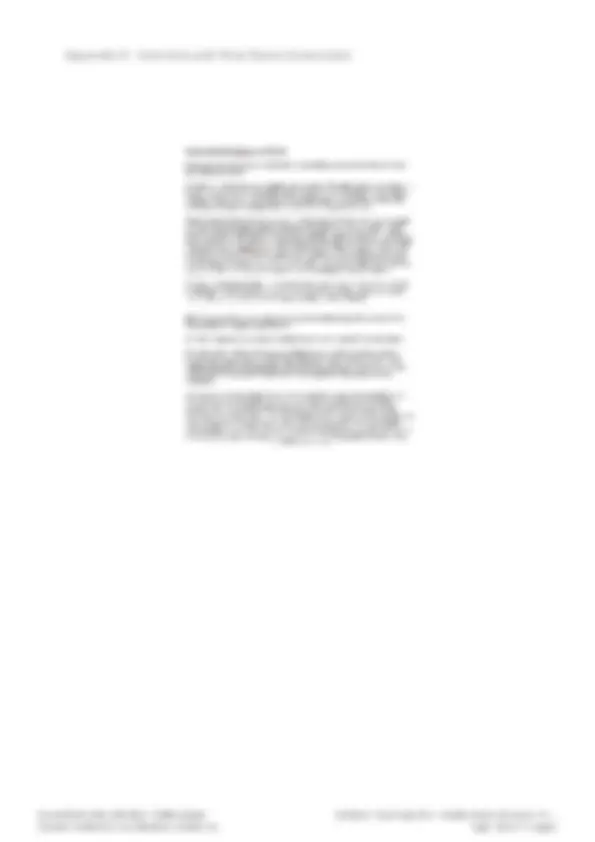


Study with the several resources on Docsity

Earn points by helping other students or get them with a premium plan


Prepare for your exams
Study with the several resources on Docsity

Earn points to download
Earn points by helping other students or get them with a premium plan
Community
Ask the community for help and clear up your study doubts
Discover the best universities in your country according to Docsity users
Free resources
Download our free guides on studying techniques, anxiety management strategies, and thesis advice from Docsity tutors
How does the collaboration with a director influence the way a score enhances the narrative arc of a film? Analysis of the director-composer collaboration within a Practise-Based Research project
Typology: Study Guides, Projects, Research
1 / 111

This page cannot be seen from the preview
Don't miss anything!





























































































Benedetta Dentuto (1062902) - BIMM Institute Created:Created: 29-MAR-23 Last Modified:Last Modified: 28-MAY-
Title/Research Question Introduction Conceptual Framework Methodology Case Study Project Activity Reflective Analysis and conclusion Bibliography Appendixes Portfolio Artefact Benedetta Dentuto (1062902) - BIMM Institute Portfolio: Final Project A2 - Practise-Based Research- 10…
AbstractAbstract This practise-based research project relates itself with the broader topics of film scoring and creative collaborations. Its practical side consists in scoring a short film in collaboration with a director to create an audio-visual artefact that emotionally engages the targeted audience and conveys the narrative arc of the film. In its theoretical and academic side, the projects aims to analyse the composer-director collaborative process, using practice-based research methodologies to capture the tacit and embodied aspects of this process and complementing this with research on: film music studies, composer-director creative collaboration processes and different approaches, scoring a film in the role of the composer in collaboration with a film student director (composition techniques, collaboration dynamics, emotional and narrative vision of
Benedetta Dentuto (1062902) - BIMM Institute Portfolio: Final Project A2 - Practise-Based Research- 10…
IntroductionIntroduction Composers and directors collaborate closely to create music for films, television shows, and other media. This collaboration involves the contribution of different perspectives, knowledge, and skills, with the goal of creating music that enhances the visual storytelling and emotional impact of the media. Effective collaboration between composers and directors requires open communication, trust, and a willingness to experiment and take risks (Berklee College of Music, 2021). One of the key benefits of collaboration between composers and directors is that it can lead to the creation of music that is perfectly suited to the needs of the media. By working closely together, the composer can gain a deep understanding of the director's vision for the project, which can inform the creation of music that enhances the mood, tone, and emotions of the media. The director, in turn, can provide feedback and guidance to the composer, ensuring that the music aligns with the overall vision of the project (Holman, 2013). Another important aspect of collaboration between composers and directors is the opportunity it provides for learning and growth. Composers can learn from the director's vision and storytelling techniques, which can help them create music that is more effective and impactful. Directors, in turn, can learn from the composer's knowledge and expertise in music, which can help them better understand how music can enhance their storytelling (Wilkie, 2023). However, effective collaboration between composers and directors requires more than just working together on a project. It's important for both parties to establish clear goals, establish roles and responsibilities, and communicate effectively throughout the process. It's also important to establish a culture of trust and respect, where both parties feel comfortable sharing their ideas and taking risks (Danon, 2023). This practice based-research project will investigate how the creative collaborative process between composers and film directors influences the narrative arc of the film, in which way it serves the purpose of the story that the film wants to tell, and if there are cases where a collaboration could have served the opposite purpose, not functioning in an effective way. I will investigate this phenomenon and all the aspects of it through the study of the well-known long-term recurrent collaborations between Steven Spielberg and John Williams, Sergio Leone Benedetta Dentuto (1062902) - BIMM Institute Portfolio: Final Project A2 - Practise-Based Research- 10…
and Ennio Morricone and Tim Burton and Danny Elfman, and through the analysis and reflection on my personal experience as a composer collaborating with a student film director. Benedetta Dentuto (1062902) - BIMM Institute Portfolio: Final Project A2 - Practise-Based Research- 10…
melody, harmony, instrumentation, orchestration, rhythm and tempo and so on. (Wierzbicki,
The success of this audio-visual illusion, is in the hands of the film music composers and the directors, that through their creative collaboration, bring to life the right melange of sounds and images, creating that magical audio-visual experience that Chion mentions in his book. COLLABORATION BETWEEN FILM DIRECTORS AND MUSIC COMPOSERSCOLLABORATION BETWEEN FILM DIRECTORS AND MUSIC COMPOSERS As evidenced, the creative collaboration between film directors and music composers is crucial to achieve a successful outcome in the process of filmmaking. Steiner (1992) gives us a unique perspective on creative collaborations analysing various examples in which collaborations between artists served to a better artistic outcome, having the power to merge different ideas, cultural and artistic backgrounds, create emotional connections between creatives, and develop new and fresh artefacts. Both Stainer (1992) and Barrett (2014) argue that the notion of the individual, lone creator, and isolated genius, a product of the western romanticism current, doesn’t produce innovations and doesn’t make our creativity emerge as when there is a joint effort and collaborative thinking. This has been the centre of the investigation of collaboration practises from various experts in composition, musicology, performance, and music education, that analyse how cooperative creative practise enhances musical activity and ideas. The investigation considers the ways that creative collaboration underpins thinking and practise in and across multiple musical practices, whereas studies of musical creativity have tended to focus on contemporary music, composition, and improvisation practises as the sites of creative thought and practise. (Barrett, 2014) By moving beyond the concept of traditional cooperation and teamwork, creative collaboration makes the most of the talents and diversity of the group. Instead of sacrificing individuality, creative cooperation blends each person's attitude and viewpoint with those of others to achieve shared objectives, overcome difficult problems, and spark creative breakthroughs. (Hargrove,
The collaboration between a director and a composer is surely serving the purpose of creating a much creative, enriched and enjoyable artefact. The role of the composer is to understand the director’s vision of the narrative and realise it in music, composing the right cues for every Benedetta Dentuto (1062902) - BIMM Institute Portfolio: Final Project A2 - Practise-Based Research- 10…
scene. However, not in every occasion the composer’s musical ideas match the director’s vision, and wild things can happen if you have too many expectations, says Nathan Barr in one of the interviews present in The Music of Film: Collaborations and Conversations (Saltzman, 2022) when he got a question about his workflow when collaborating with Ryan Murphy. After investigating the dynamics of creative collaborations between composers and directors, some of the main examples of very successful and long-term composer-director relationships will be studied in more detail in a case study dedicated section in this portfolio, that will investigate the phenomenon of the longevity and productivity of these collaborations. Three cases will be particularly examined: Spielberg-Williams, Leone - Morricone, and Burton- Elfman collaborations. Benedetta Dentuto (1062902) - BIMM Institute Portfolio: Final Project A2 - Practise-Based Research- 10…
that particular collaboration, and served as evidence to the answer to the project inquiry/research question (Bell and Waters, 2014). The survey submitted to a test audience has been used to gather broader and more generalised data for the evaluation of the project’ success. The results of the survey conducted has served as way of investigation on how the audience reacted on the final artefact, how many positive responses were received, to then analyse the outcome through the lenses of the creative collaboration work between me (composer) and the film student director, that has served to the successful response of the audience. The survey’s test audience has been chosen on a generalised criteria, being representative of a sample of population with no expertise in film or music, but that are regular film and TV watchers just for entertaining and pleasure. To consider the sample truly representative of the population as a whole (Bell and Waters, 2014), various age ranges (23 to 60 years old) and different gender categories mixed and divided in equal parts were sampled. Data Analysis MethodsData Analysis Methods Being this project practise-based, it involves an evolution of the final theory from the process of research and the investigation on the personal experience made during the time developing the project, so including a number of distinct features, such as theoretical sampling and comparisons, and using a grounded theory approach as well, was very important to arrive to the actual findings (Strauss, 1987) Theoretical sampling is define by Strauss (1987) as the way of making a theory emerge from sampling of incidents, events, activities and comparisons between them. This approach allowed me to formulate a research question that didn’t have a pre-specified theory, and to start the analysis stage before, in the middle of the process analysing in more depth my personal experience, and not when all the data were collected, so then to arrive to a comprehensive and exhaustive research outcome (Bell and Waters, 2014). In this case, theoretical sampling included purposive and expert sampling from the interviews results (see appendix 6-8) with industry professionals (composers and directors), and random sampling from the survey submitted to the test audience participants. The Interview methods (written, remote video, in person) have been offered as choice to the industry professional participants to allow them to be comfortable with the questions and the interview set up. Two of the methods used to analyse the data are content analysis and thematic analysis. Benedetta Dentuto (1062902) - BIMM Institute Portfolio: Final Project A2 - Practise-Based Research- 10…
The steps taken to ensure the validity and reliability of the data and analysis have been: sending transcripts of interviews to the participant to check for accuracy; discuss data and findings with another researcher that in this case is my project supervisor. Ethical ConsiderationsEthical Considerations The ethics that this project followed are outlined in the ethics form submitted for low risk practise-based research project. The industry professionals interviewed and the director that I collaborated with signed a consent form for non-anonymous participant in the project, in which the project purpose, data storage, involvement of participants, audio recording and data collection were clearly stated (see appendix 7-9-10). The test audience participants signed a consent form for anonymous participants in the project, with the same statements aforementioned outlined in the form. In addiction, a contract stipulated for the collaboration between me, in the role of the composer, and the film music director has been signed from both parties and submitted. Benedetta Dentuto (1062902) - BIMM Institute Portfolio: Final Project A2 - Practise-Based Research- 10…
Steven Spielberg and John Williams have one of the most iconic collaborations in film history. Their partnership spans over 40 years and has produced some of the most memorable and timeless movies of all time. Spielberg and Williams first collaborated on the 1974 film "The Sugarland Express". Although the film was not a commercial success, it marked the beginning of their creative partnership. They would go on to work on many more films together, including Jaws (1975), Close Encounters of the Third Kind (1977), E.T. the Extra-Terrestrial (1982) , Jurassic Park (1993) , Schindler's List (1993) and Saving Private Ryan (1998). It takes trust in each other’s creative process as well, to make this kind of relationships successful as this one. In a recent interview published on Vanity Fair (Breznican, 2023) Steven Spielberg and John Williams tell some of the stories that occurred in their creative processes, explaining why being on the same wavelength and trust each other is a must. It's a well-known fact that Williams first played Spielberg the now-famous Jaws stalker theme on the piano, and Spielberg initially thought Williams was kidding. The concept of writing music with only two alternate notes every measure perplexed Spielberg. Williams had a strategy, and at the start Spielberg didn’t take it seriously, but then he trusted William’s idea and decided to try it, making the history with an iconic theme that everybody recognise still now. Their collaboration has been so successful because of their shared vision of storytelling. Spielberg's films often require music that is both emotional and dramatic, and Williams has a talent for creating soundtracks that perfectly capture the mood of the film. He has a gift for creating memorable and iconic themes, such as the famous two-note motif in Jaws and the soaring melody of E.T. Spielberg and Williams also share a deep respect for each other's artistry. Spielberg has said that Williams' music is the "emotional spine" of his films (Kenny, 2012), while Williams has called Spielberg "the composer of his movies" because he gives him the creative freedom to do what he does best (Young, 2016). The films they created together in partnership have also been incredibly successful at the box office. Williams' scores have helped to create some of the most iconic scenes in movie history, such as the bicycle chase in E.T. and the opening sequence of Indiana Jones and the Raiders of the Lost Ark (Karger, 2012). These last two film scenes are specific examples of how the collaboration between the director and the composer, Spielberg-Williams, helped enhance the narrative arc of the film. The best example to Benedetta Dentuto (1062902) - BIMM Institute Portfolio: Final Project A2 - Practise-Based Research- 10…
explain in more depth how the process of their collaboration helped enhance the narration is the aforementioned film E.T. In the end scene, when Elliot and E.T. get to say each other goodbye, the power of the score enhancing that dialogue that is actually silent and narrated thru music, I the most powerful example in the film of how the score actually was a main part of the narrative, conveying the goodbye moment and conveying the exact emotional arc of the scene, that as the music reveals, is intended to be nostalgic but happy and hopeful, as E.T. is finally able to come back home. In fact after the first music cue of the goodbye shot, is softer and sadder, but then when the spaceship takes off in the sky leaving a rainbow behind, the music turns into a victory/hopeful fanfare score, that completes the end of the scene and perfectly conveys the emotions of Elliot and the other characters watching E.T. taking off to finally come back home. Spielberg and Williams consider this film their best work in term of picture and score. Link to the "Saying goodbye" E.T scene: https://www.youtube.com/watch? v=AzVFGMbzuXE&t=183s Sergio Leone and Ennio MorriconeSergio Leone and Ennio Morricone Sergio Leone and Ennio Morricone are two of the most iconic names in the history of Italian cinema. Their collaboration spanned over two decades and produced some of the most memorable and influential films of all time. Leone and Morricone first worked together on the film "A Fistful of Dollars" in 1964. The film was a commercial success and marked the beginning of their creative partnership. They would go on to work on many more films together, including For a Few Dollars More, The Good, the Bad and the Ugly, Once Upon a Time in the West, and Once Upon a Time in America. Their collaborations were so successful because of their shared vision of storytelling. Leone's films were known for their epic scale, vivid characters, and stark landscapes. Morricone's music was the perfect accompaniment, creating a sense of tension, drama, and emotion that perfectly captured the mood of the films. Leone and Morricone shared a strong creative vision and worked closely together to achieve their goals. According to Morricone, "Sergio and I always talked a lot about the films we were making, and we had a very strong relationship. We knew each other very well, and we always understood each other" (Magistrale, 2019, p. 26). Despite their close collaboration, Leone and Morricone sometimes had creative differences. Benedetta Dentuto (1062902) - BIMM Institute Portfolio: Final Project A2 - Practise-Based Research- 10…
style of blending orchestral and electronic elements to create a unique and memorable sound. Academic sources have praised their collaboration, with film scholar Matthew Bernstein stating that Elfman's scores "emphasize a childlike innocence and exuberance that is central to the Burton style" (Bernstein, 2005). Film critic Roger Ebert also noted the effectiveness of their collaboration, stating that "Burton and Elfman are two of the few contemporary filmmakers who can claim to be a true creative team" (Ebert, 2005). In order to gather data on their workflow and relationship, I reviewed interviews with both Elfman and Burton, as well as academic sources analyzing their collaboration. Case Study FindingsCase Study Findings The case study explores the creative collaborations of three pairs of directors and composers, namely Spielberg and Williams, Elfman and Burton, and Leone and Morricone. The analysis focuses on three main areas: musical style, creative process, and overall impact on the films they worked on. The first example, Spielberg and Williams, is described as the most iconic and successful collaboration in film history. Their partnership has lasted over 40 years and has produced some of the most memorable and timeless movies of all time. The analysis highlights the importance of trust and a shared vision of storytelling in their creative process. Spielberg's films require music that is both emotional and dramatic, and Williams has a talent for creating soundtracks that perfectly capture the mood of the film. The success of their collaboration can be attributed to their mutual respect for each other's artistry and their ability to give each other creative freedom. The second example, Elfman and Burton, is characterized by the creation of a distinctive tone through instrumentation to complement the characteristic gothic, weird images of Burton's films. The analysis suggests that Elfman's cinematic music often revolves around recurring models that tie in with the Burtonian story arcs. The collaboration between Elfman and Burton appears to be more focused on creating a unique and recognizable style that complements the director's visual style. The third example, Leone and Morricone, is described as a productive partnership that hasn't been straightforward and smooth in every occasion, but that was able to create some of the Benedetta Dentuto (1062902) - BIMM Institute Portfolio: Final Project A2 - Practise-Based Research- 10…
most iconic spaghetti westerns of all time. The analysis highlights the importance of the music in setting the tone and atmosphere of the films and how Morricone's musical style perfectly captured the feel of Leone's films. The collaboration between Leone and Morricone appears to be more focused on creating a cohesive and immersive experience for the audience. Overall, the case study shows that successful creative collaborations between directors and composers require trust, shared vision, a certain amount of creative freedom given to the composer from the director's side and mutual respect for each other's artistry. Involving the composer from the early stages of the film production seems to be abetter way to have successful results in term of collaboration and conveyed vision of the director thru the score creed from the composer. The analysis of each collaboration highlights how the musical style, creative process, and overall impact on the films they worked on differ depending on the nature and goals of the partnership. In my personal collaboration experience I had the chance to have creative freedom, optimal directions and great communication with the director, and the director gave me a lot of trust, and that made a huge difference in my workflow as a composer, making it smooth genuine and successful for me, the director and the audience. One important consideration in my experience has been scoring this short film not having a temp track/reference track applied on it before, for me to imitate or follow, this allowed me to be creative with the director and work closely with her being able to give more space to my creativity and style, not being too influenced from already made music decision, allowing the director as well to express better their musical willing for the film and me to execute it in a more personal and creative way. Considering the limitations and challenges encountered during the case study, such as finding appropriate sources and data to utilise in this case study, or filtering interviewers opinions when reviewing the archival material, these findings might be influenced by secondary sources assumptions and informations that do not belong to the academic world. Benedetta Dentuto (1062902) - BIMM Institute Portfolio: Final Project A2 - Practise-Based Research- 10…
Project ActivityProject Activity The project activity and workflow followed during the completion and realisation of this project can be visualised and broadly summarised in this flow chart: Creative processCreative process The practical side of this project was created, developed and produced in the period of time commencing the 11th December 2022 and ending the 26th of May 2023. The project activity Benedetta Dentuto (1062902) - BIMM Institute Portfolio: Final Project A2 - Practise-Based Research- 10…
consisted in various steps to achieve the final result, and the set of different small deadlines within the big deadline to achieve and complete all this steps in the time given. Being a collaboration process, much of the time management and organisation for this action research were decided and were dependant from my collaborator, the student director. The detailed activity tasks and workflow are visualisable in a GANTT Chart (see Appendix A). Action research, according to Cottrell (2014), is work that practitioners often conduct as participant research in a field connected to their own work with the goal of enhancing professional practise. The project has evolved many times thru time and was subjected to constant revisions and exchange of feedback between me and the director, many meetings and notes made at every progress in the scoring process until the final artefact reflected the vision the director had. In the spotting session, my first meeting with the director, we created a draft cue sheet in which she expressed where the music cues would have started and finished, and in separate notes she gave me an overall vision of how she wanted the music to sound, which instrumental choices she would have preferred (mainly orchestral or electronic instruments as well), and she gave me an brief in-depth analysis of the story of the film, where is comes from, why she made it, and which kind of emotions she wants the audience to feel when watching it. The film happens to be a true story of the director's grandmother, Leslie, that is the main character in the film and is interpreted by Abi Mcloughlin. Leslie is a painter, not successful or known apparently, and broke. She gets chosen for an art gallery presentation of her work from her agent, but soon after this great news, she has a stroke and becomes unable to paint. She faces a deep emotional journey of physical and mental acceptation of her new identity, denying it at start and facing a lot meltdowns, full of sorrow and pain. She keeps on hoping to be able to finish the paintings in a month for the art gallery presentation but she actually can't paint, and after a journey of sadness, pain, hope and resilience, she gets to see the rainbow after the thunderstorm, finding a new way to produce art facing what happened to her under a new, different, positive point of view. The story is very emotional and inspiring, and the storytelling had to be amazingly conveyed by the score (Parr, 2022). Collaboration to enhance the narrativeCollaboration to enhance the narrative Our collaboration served to enhance the narrative arc of the story, and made the final outcome a successful work precisely thanks to our exchange of ideas and collaboration. One of the greatest examples of how this collaboration helped telling the story in a more truthful way is when I had Benedetta Dentuto (1062902) - BIMM Institute Portfolio: Final Project A2 - Practise-Based Research- 10…